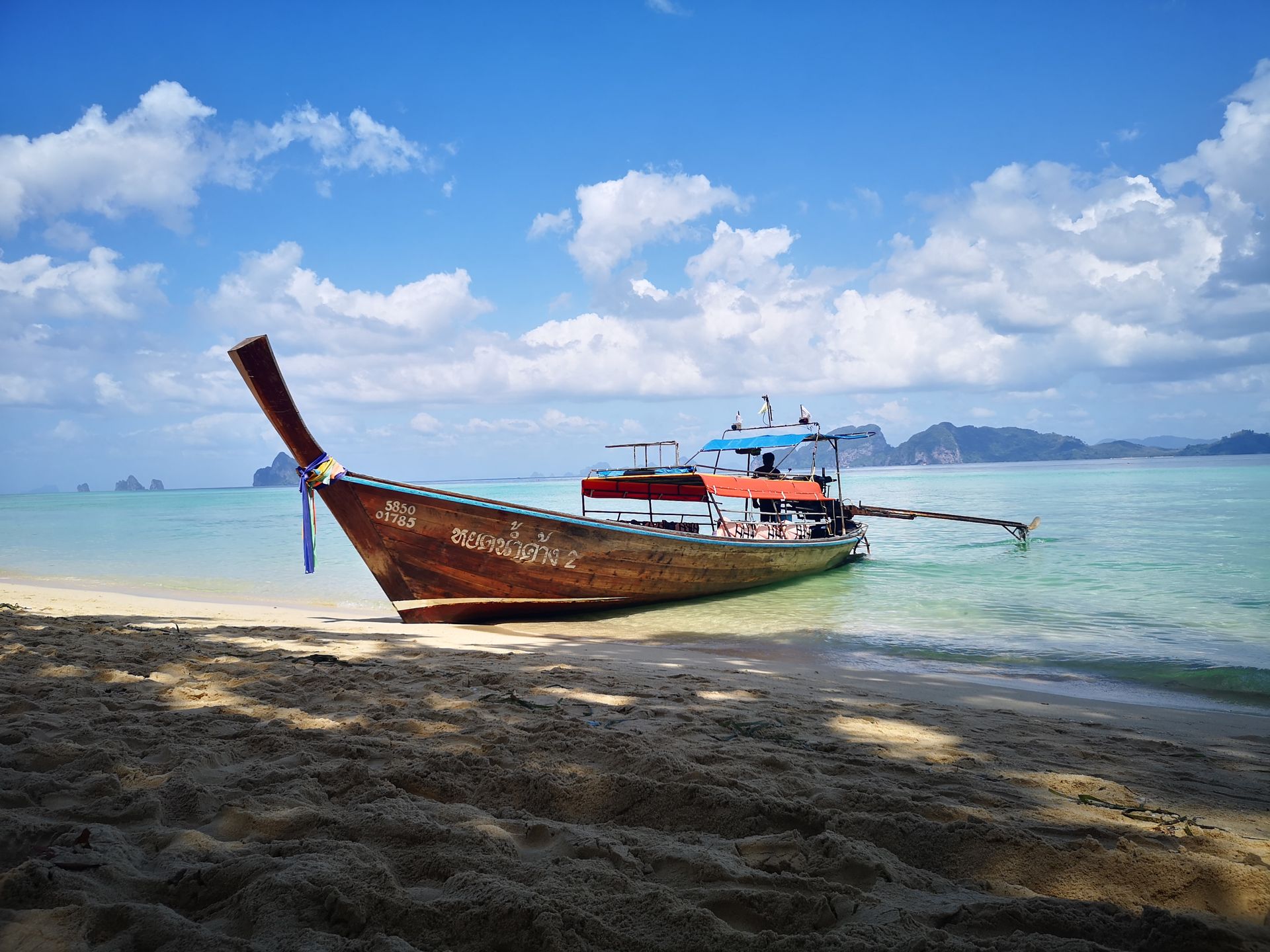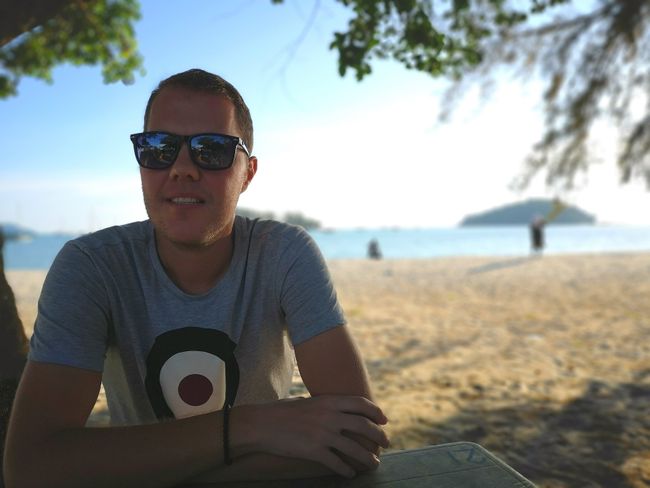Demo's, Trash, Phobias
प्रकाशित: 13.02.2020
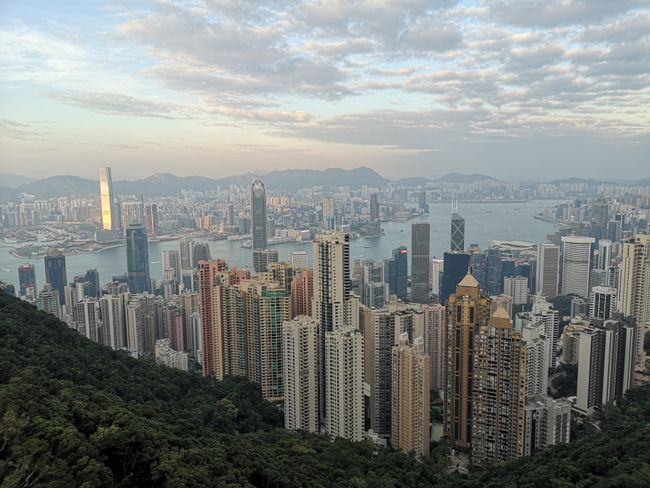
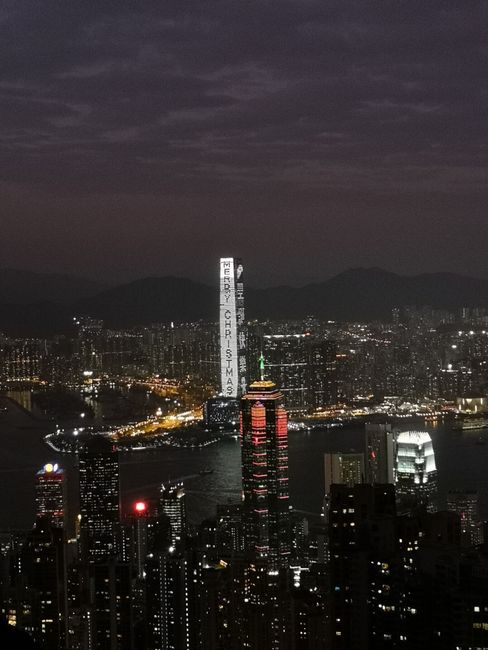
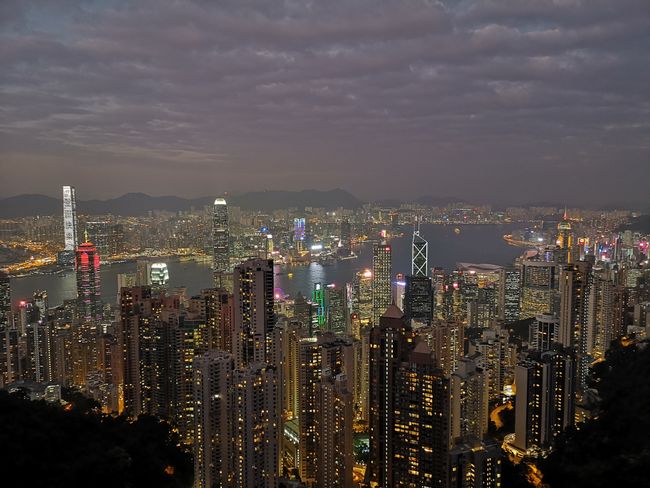
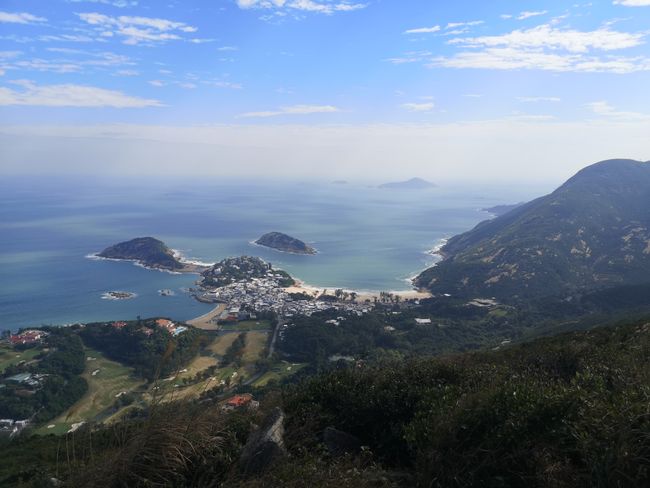
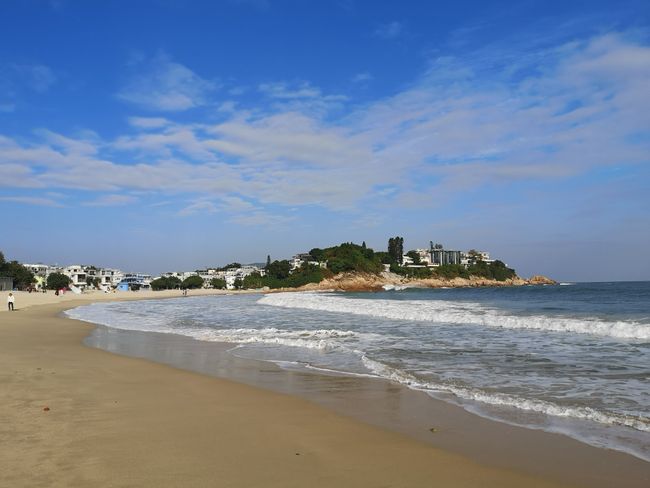
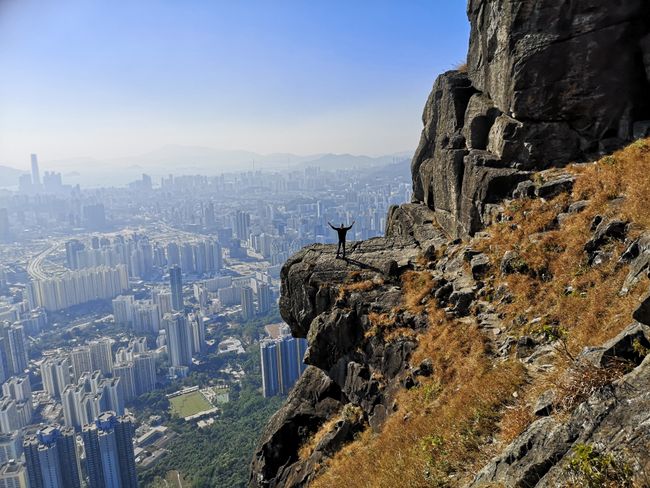
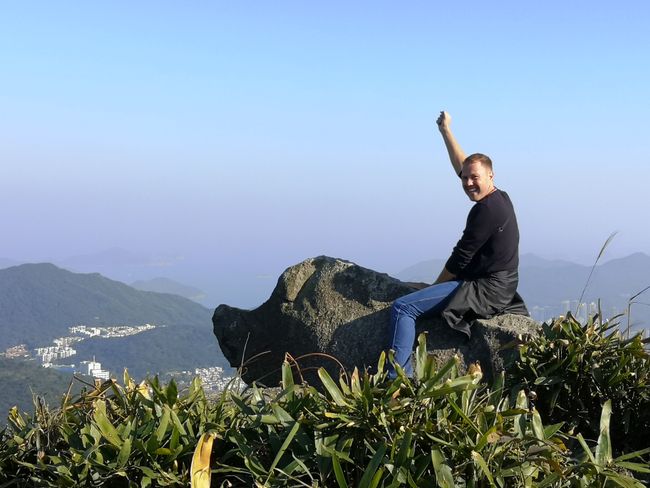
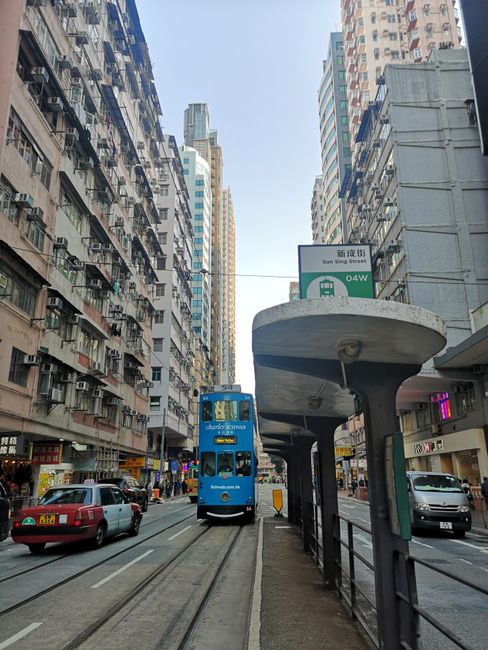
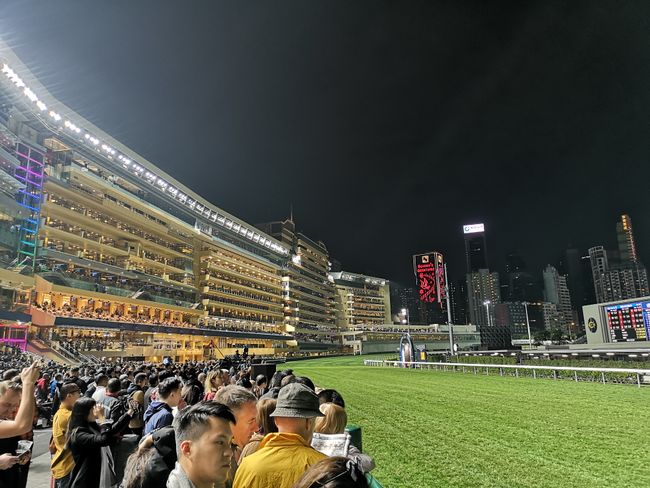
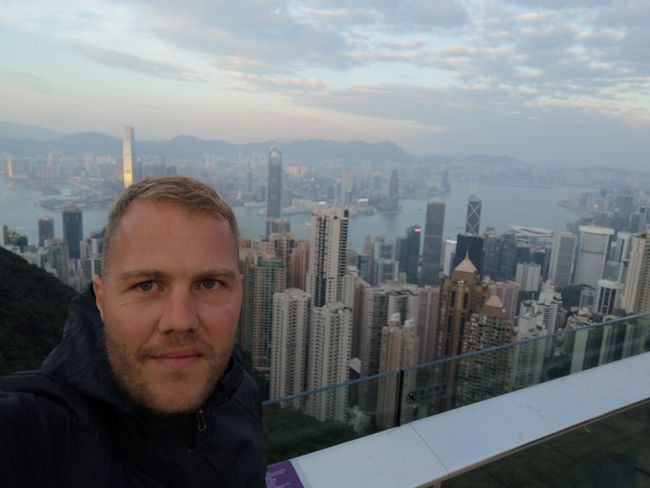
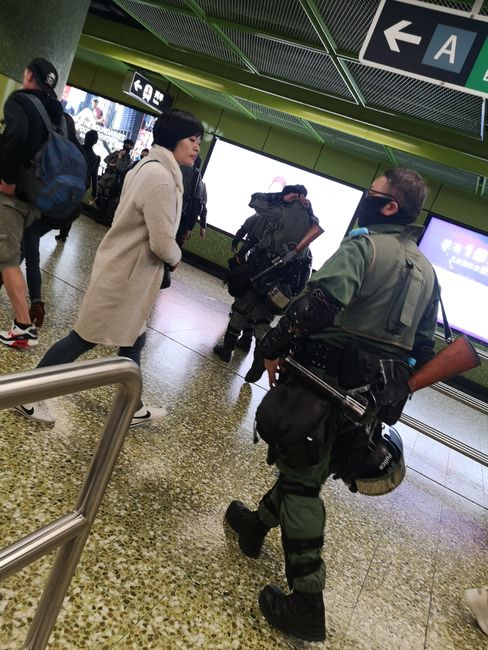
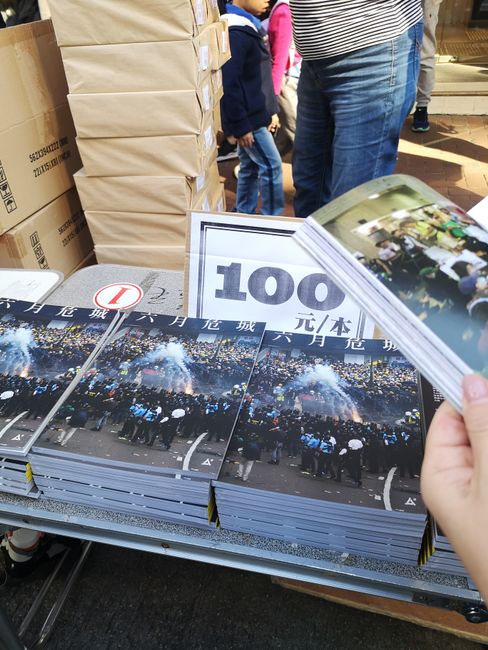
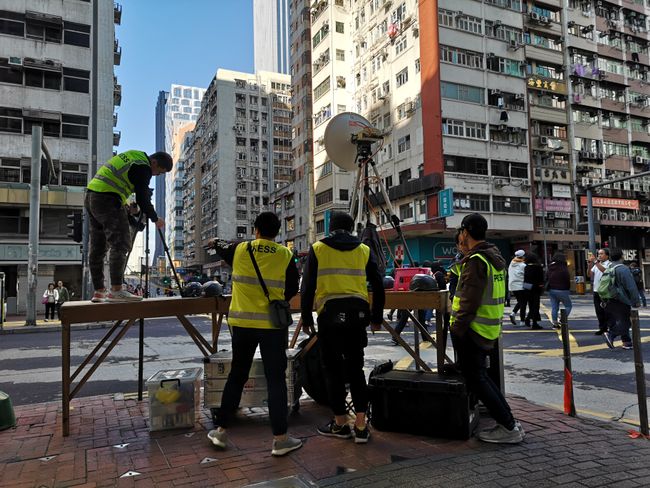
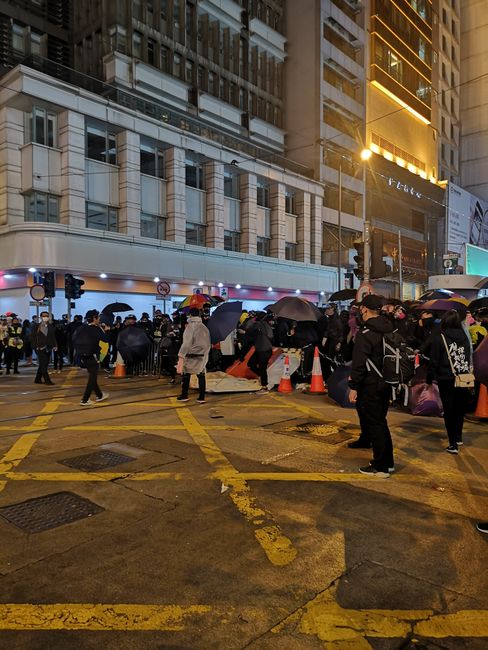
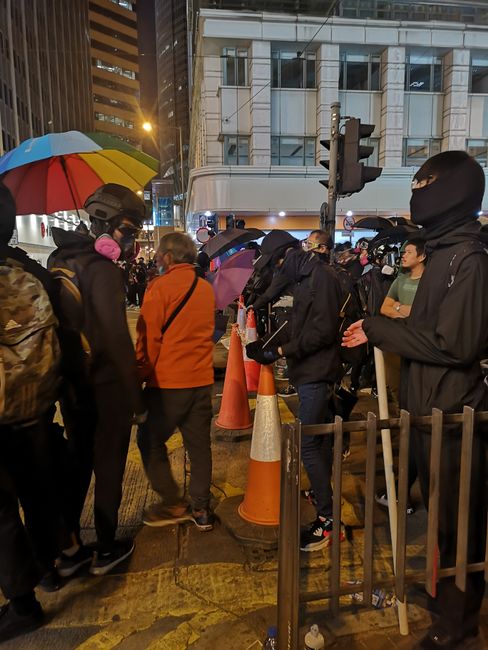
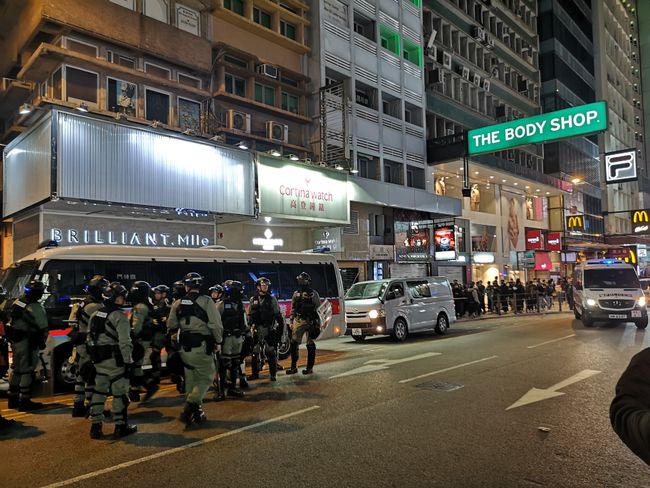
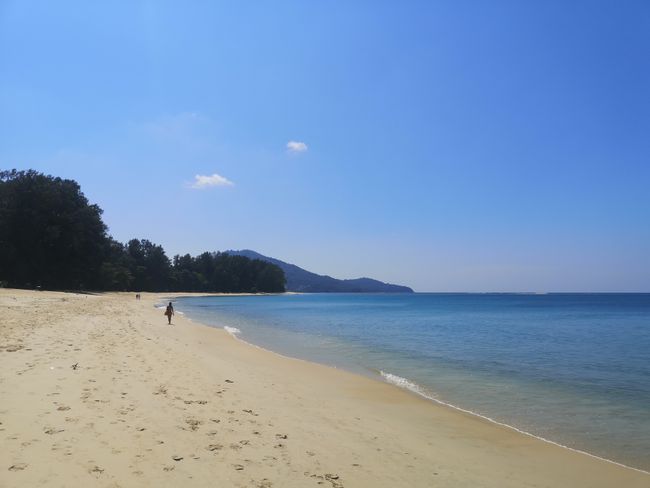
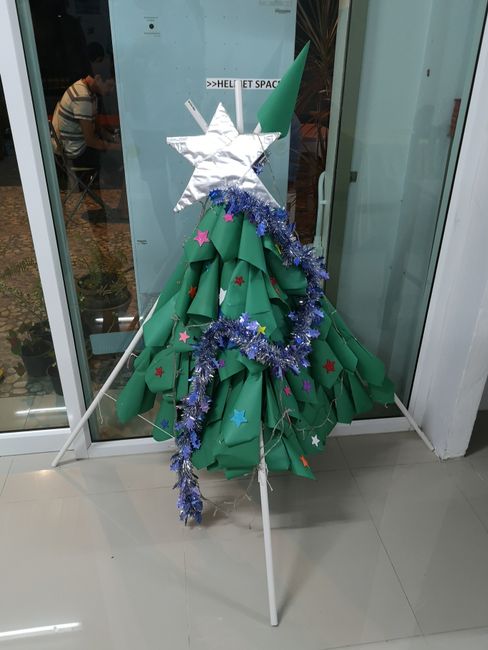
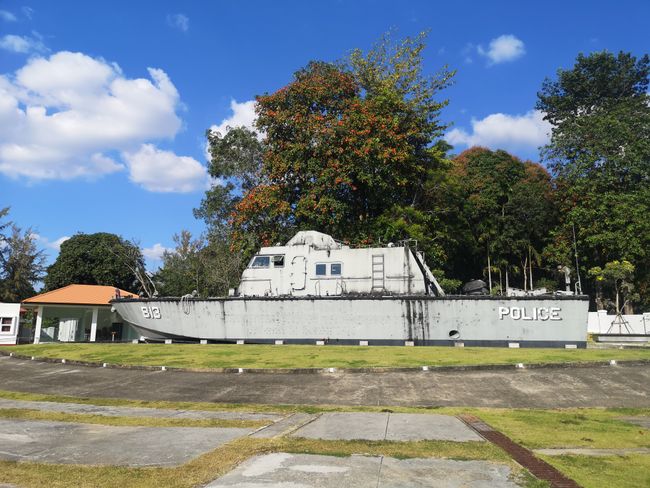
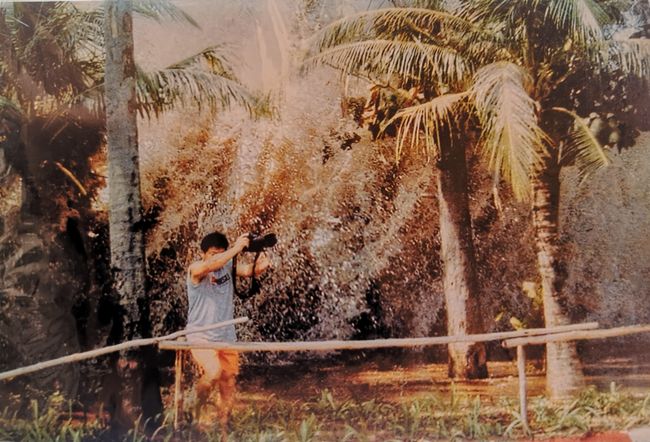
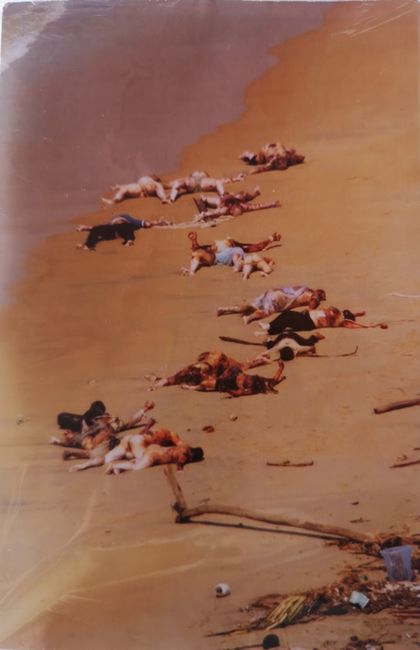
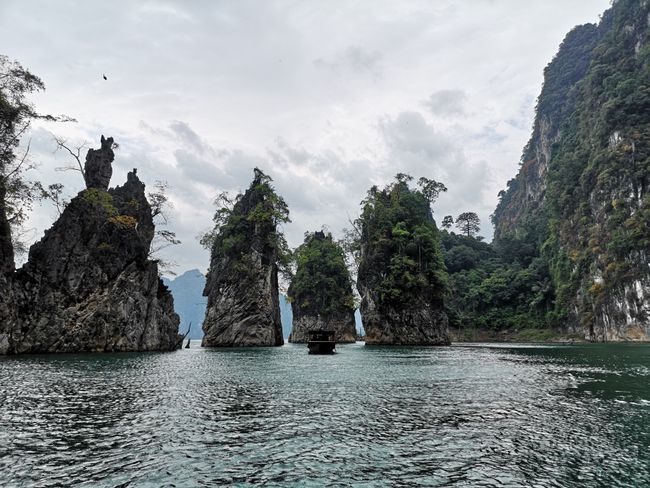
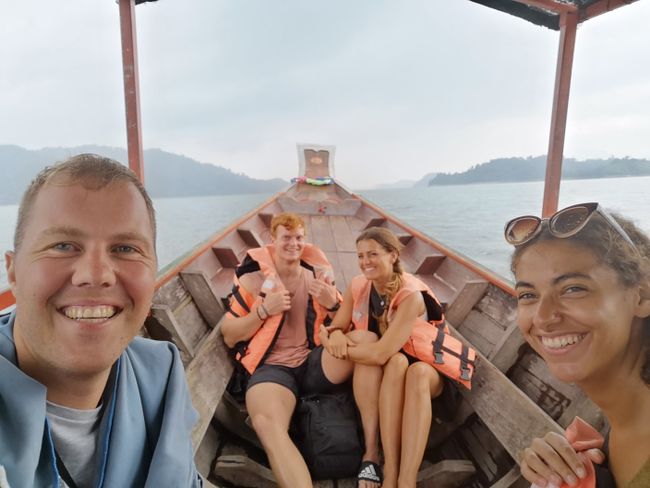
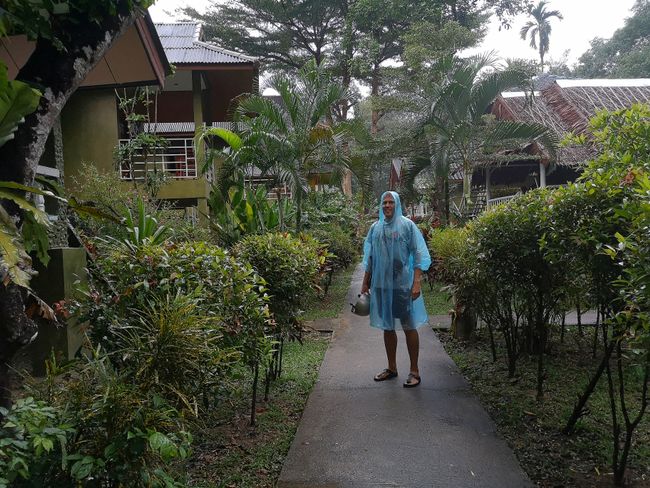
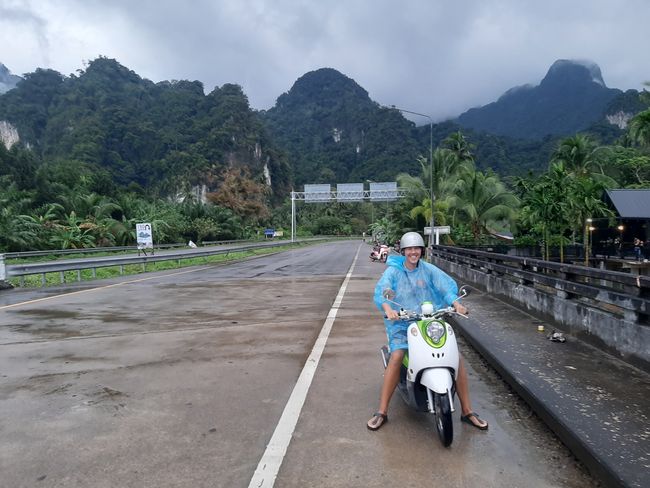
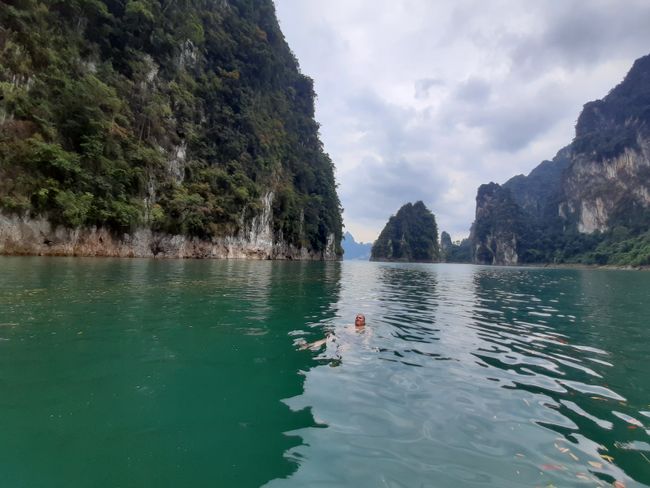
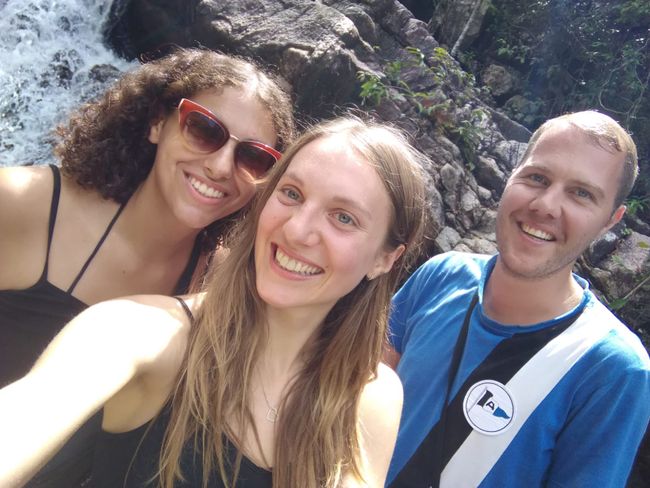
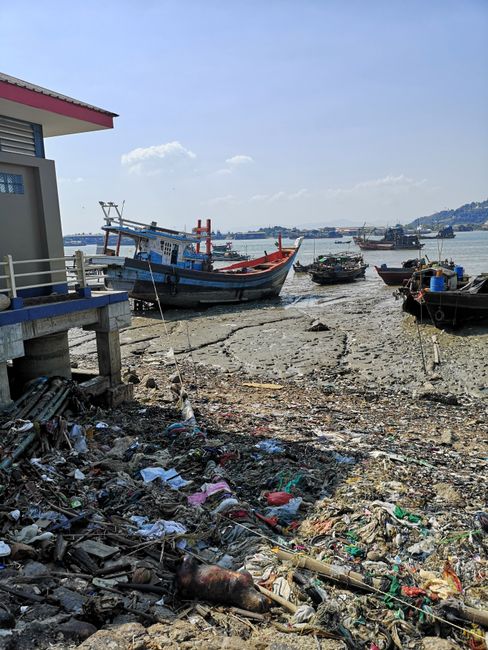
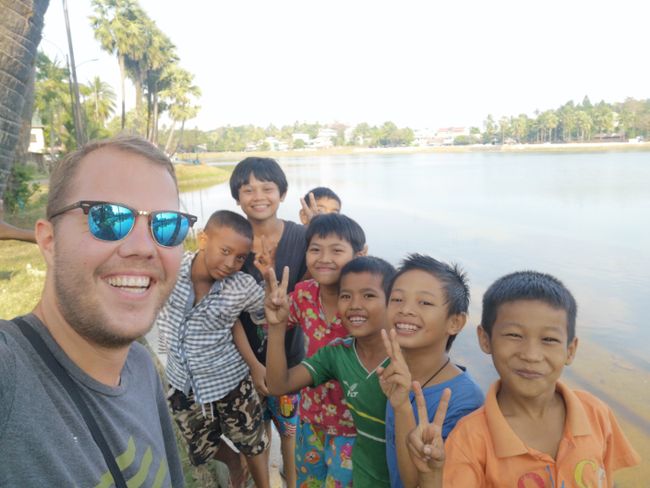
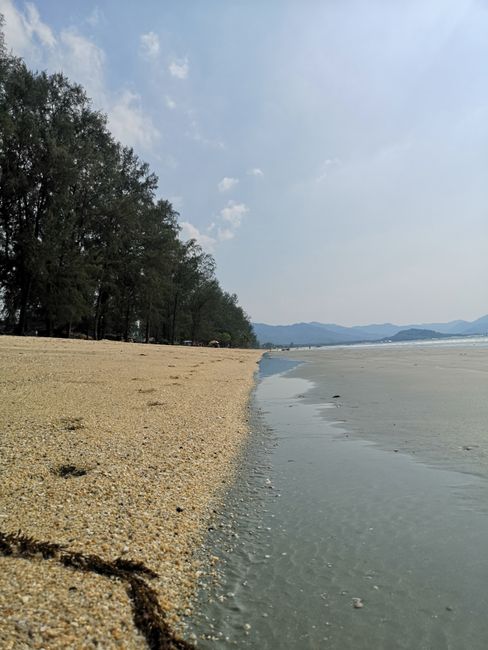
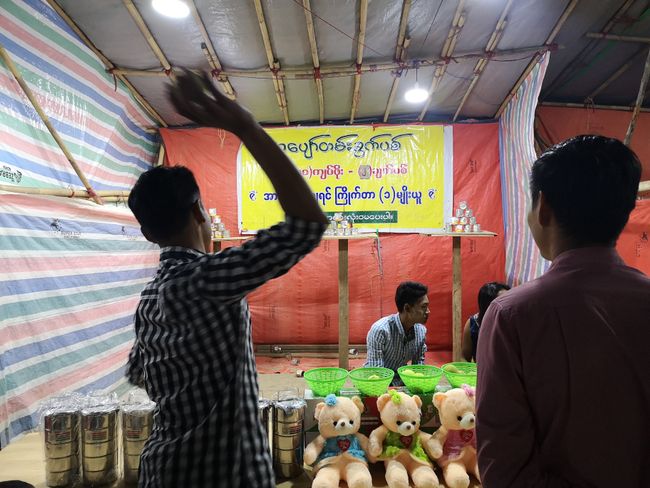
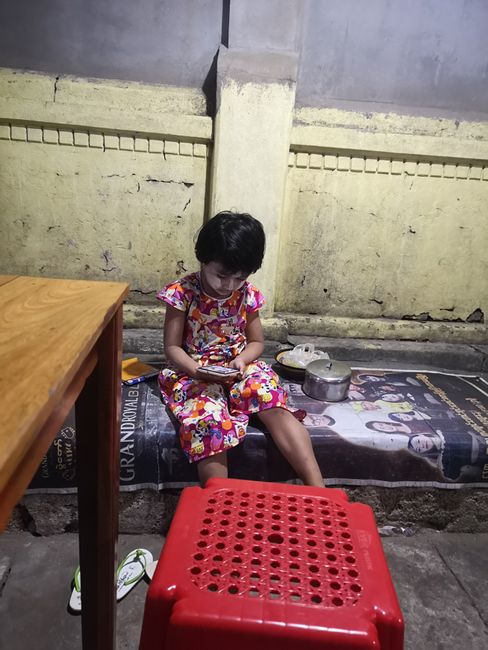
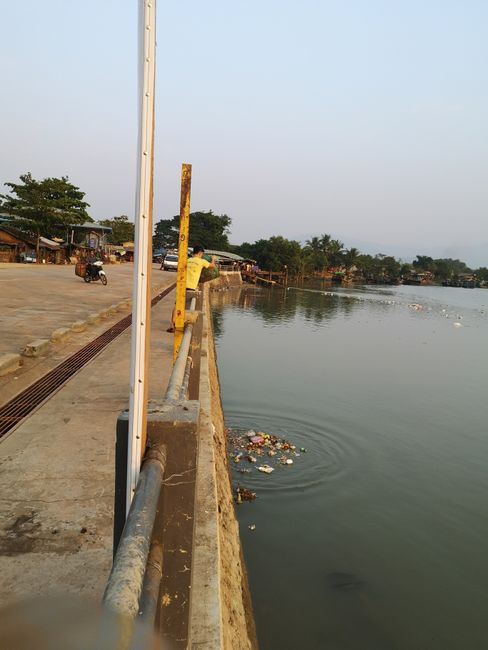
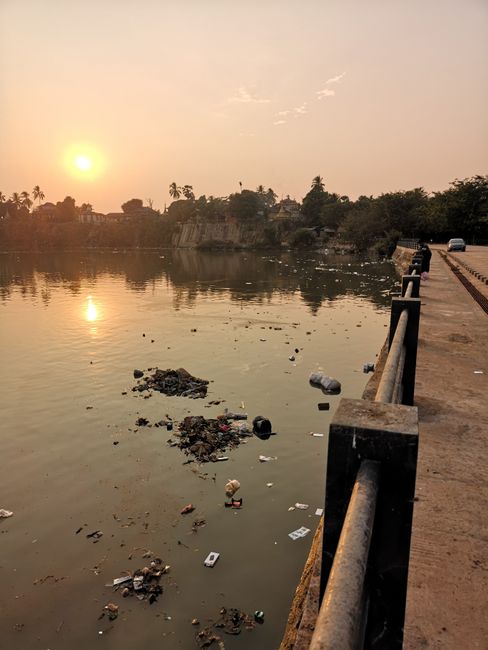
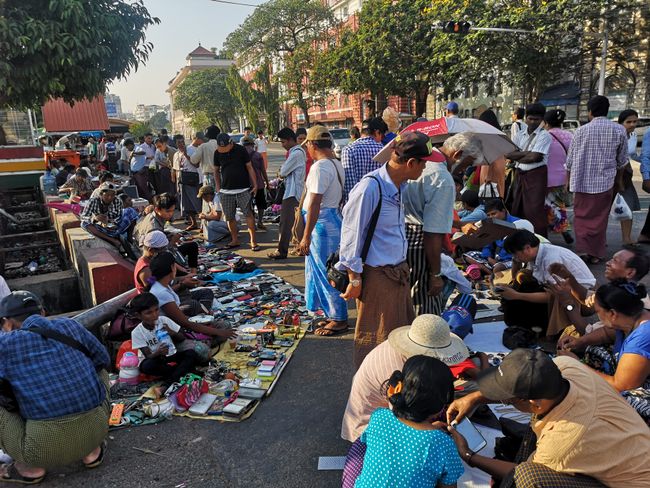
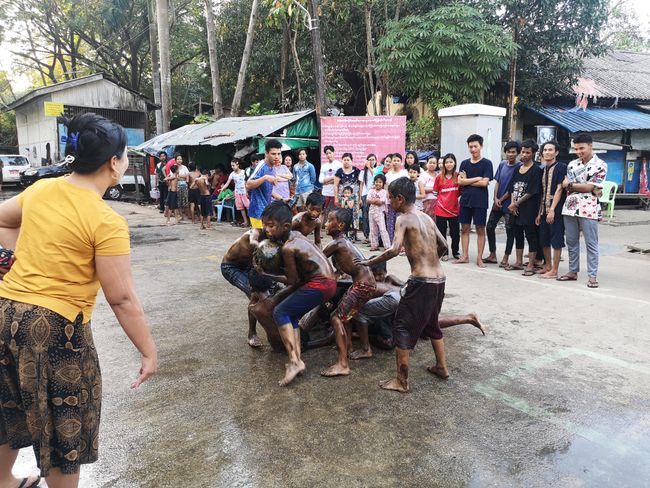
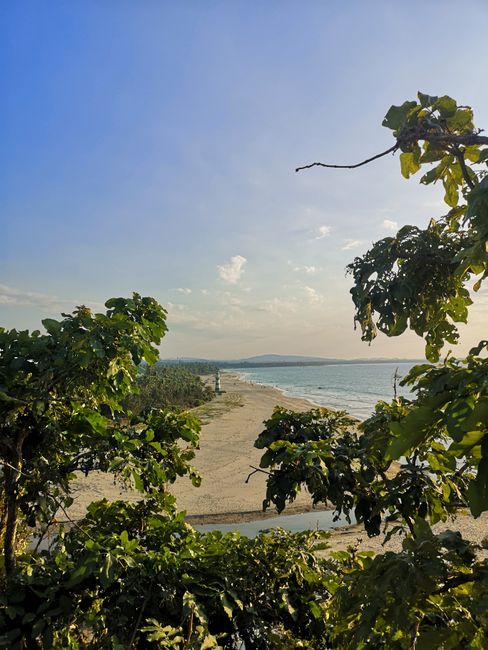
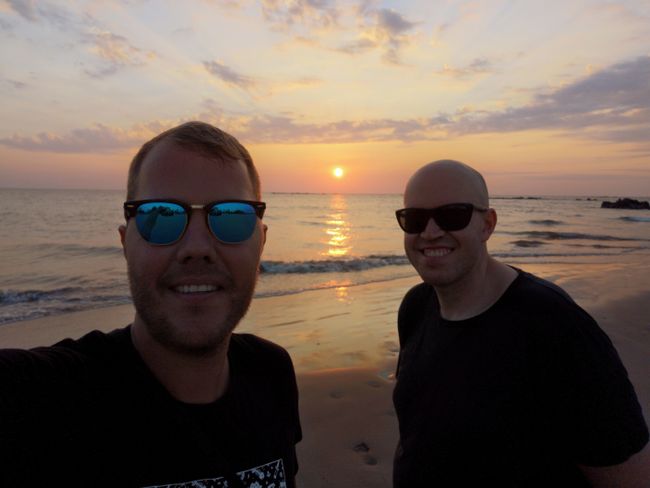
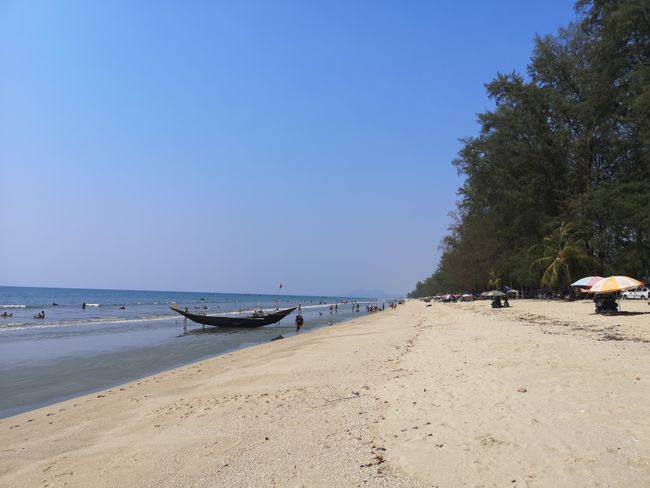
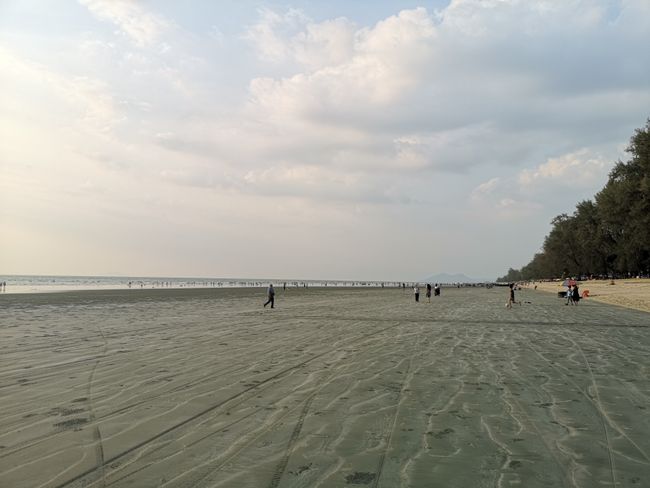
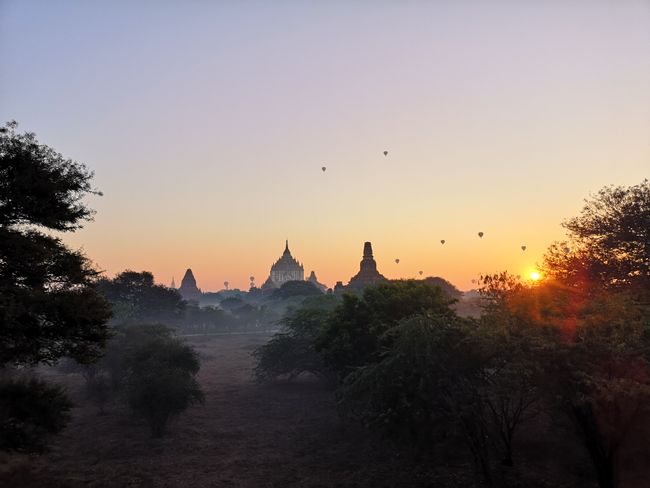
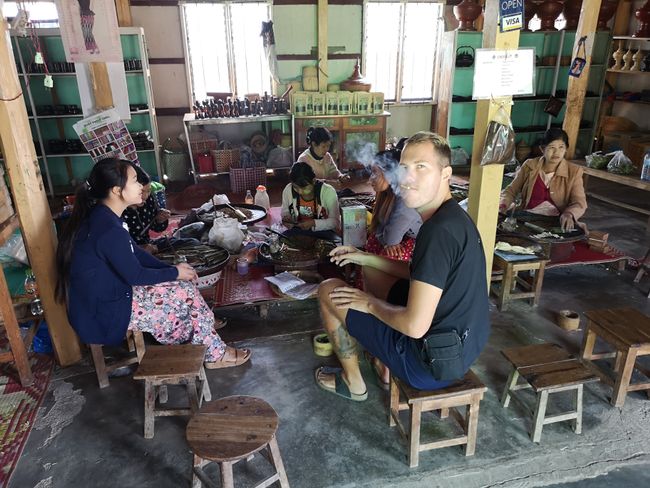
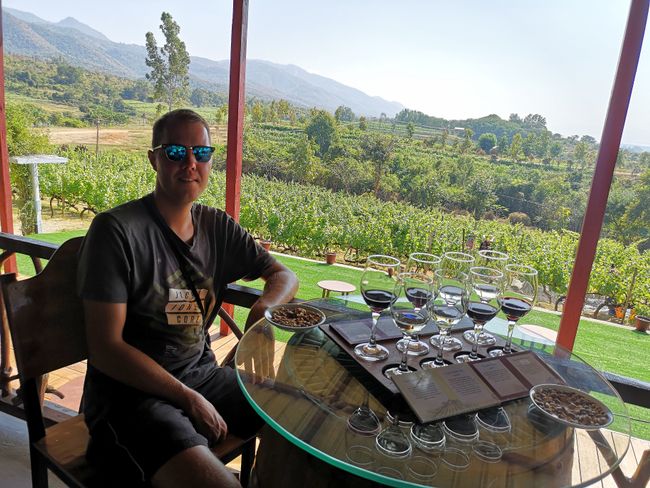
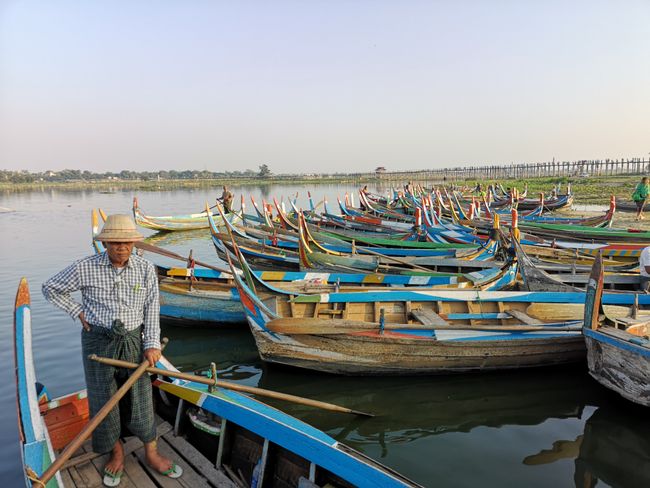
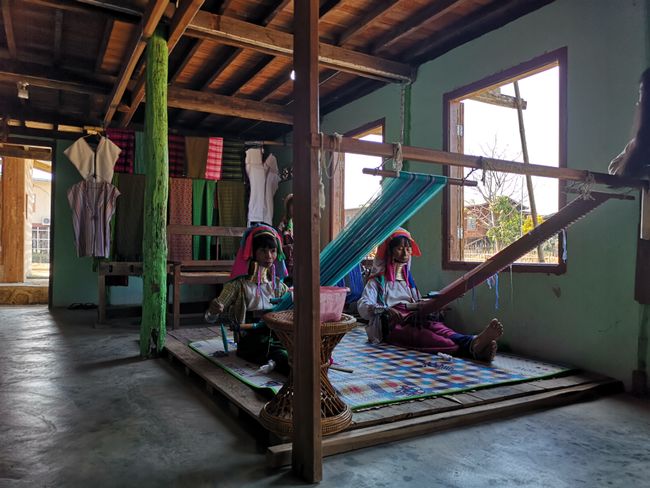
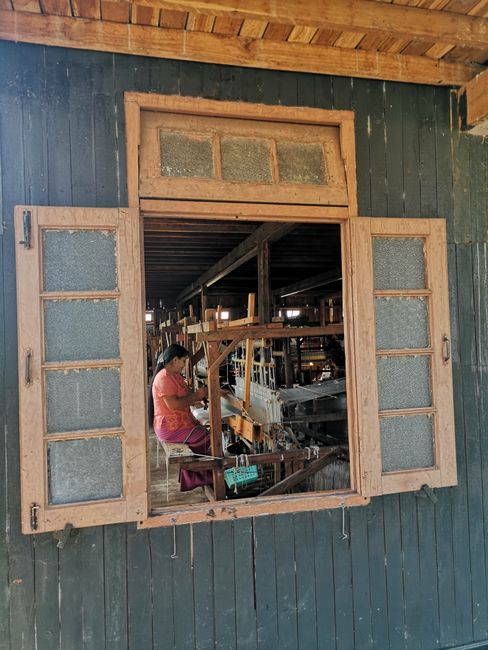
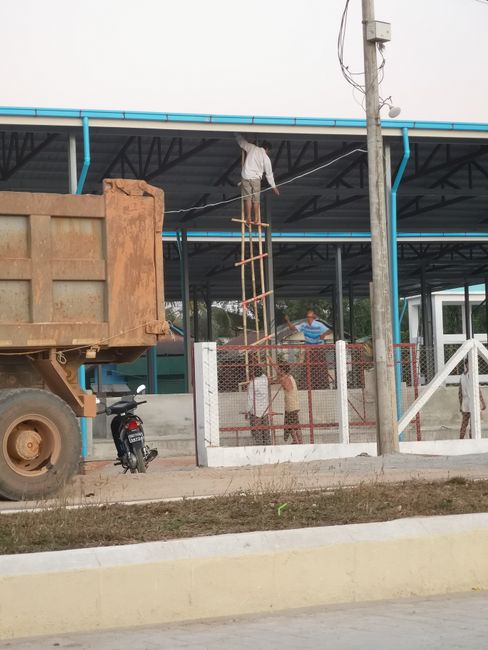
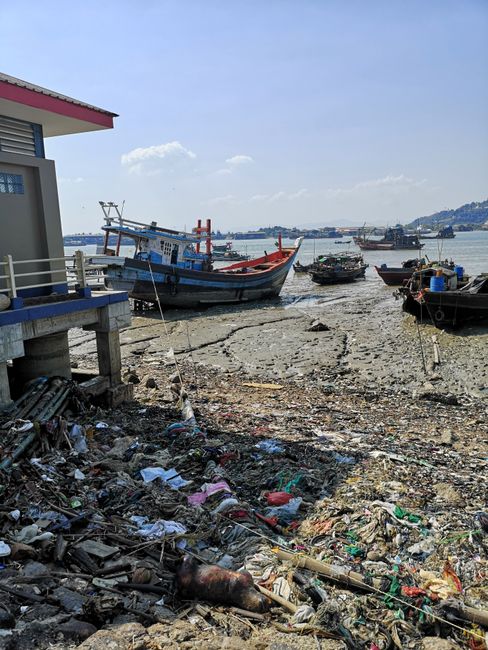
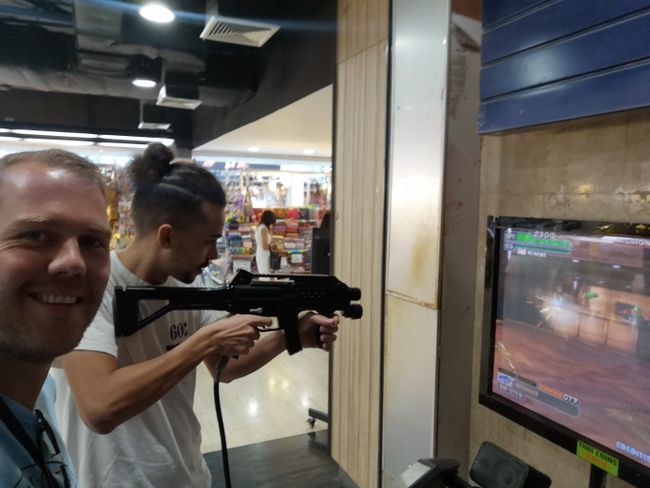
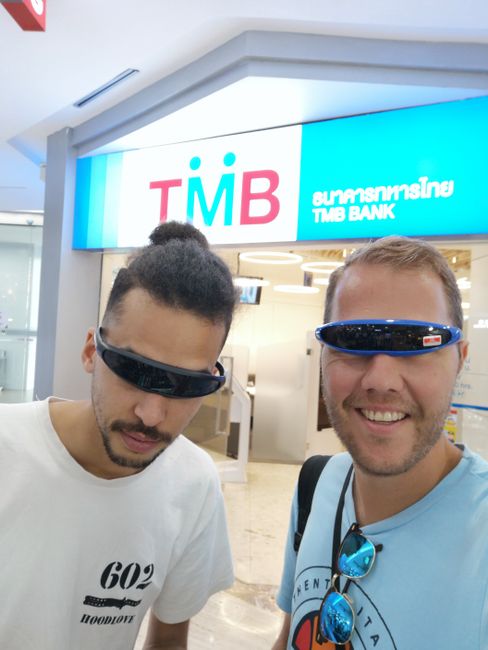
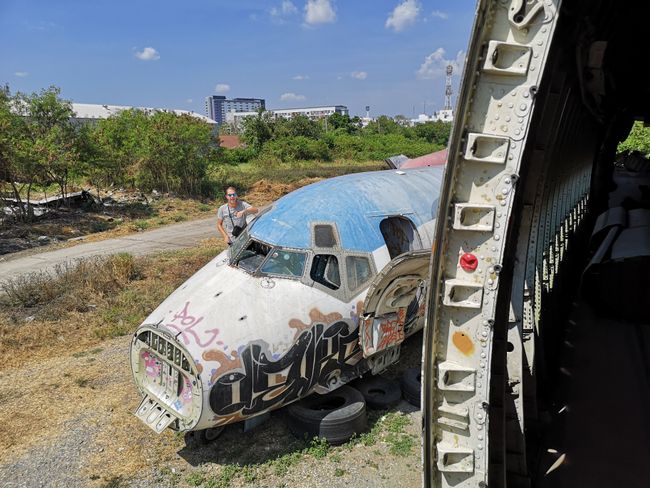
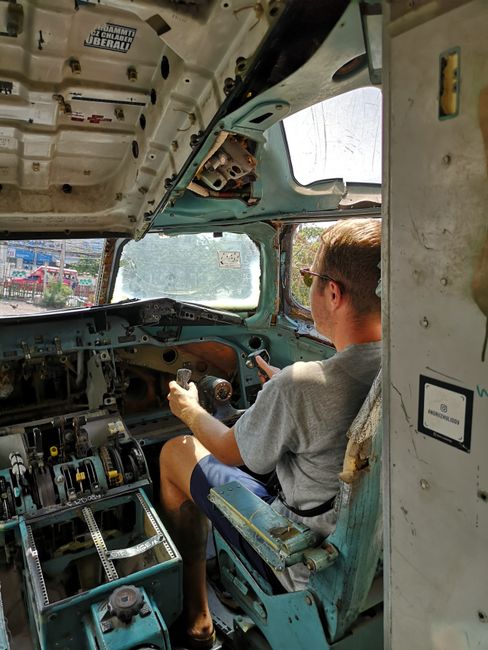
समाचारपत्रको सदस्यता लिनुहोस्
With Hong Kong, I found another city where I could imagine living for a certain period of time. The five days have left a significant hole in my travel budget, but it was definitely worth it! Urban life with a fascinating skyline, nature with hundreds of hiking opportunities, relaxing on the beach... and everything is within a half hour drive. Since it was too cold to swim, I went on a few hikes. Of course, I didn't expect to be in the wilderness for six hours, so I got water and food from some nice Hong Kongers.
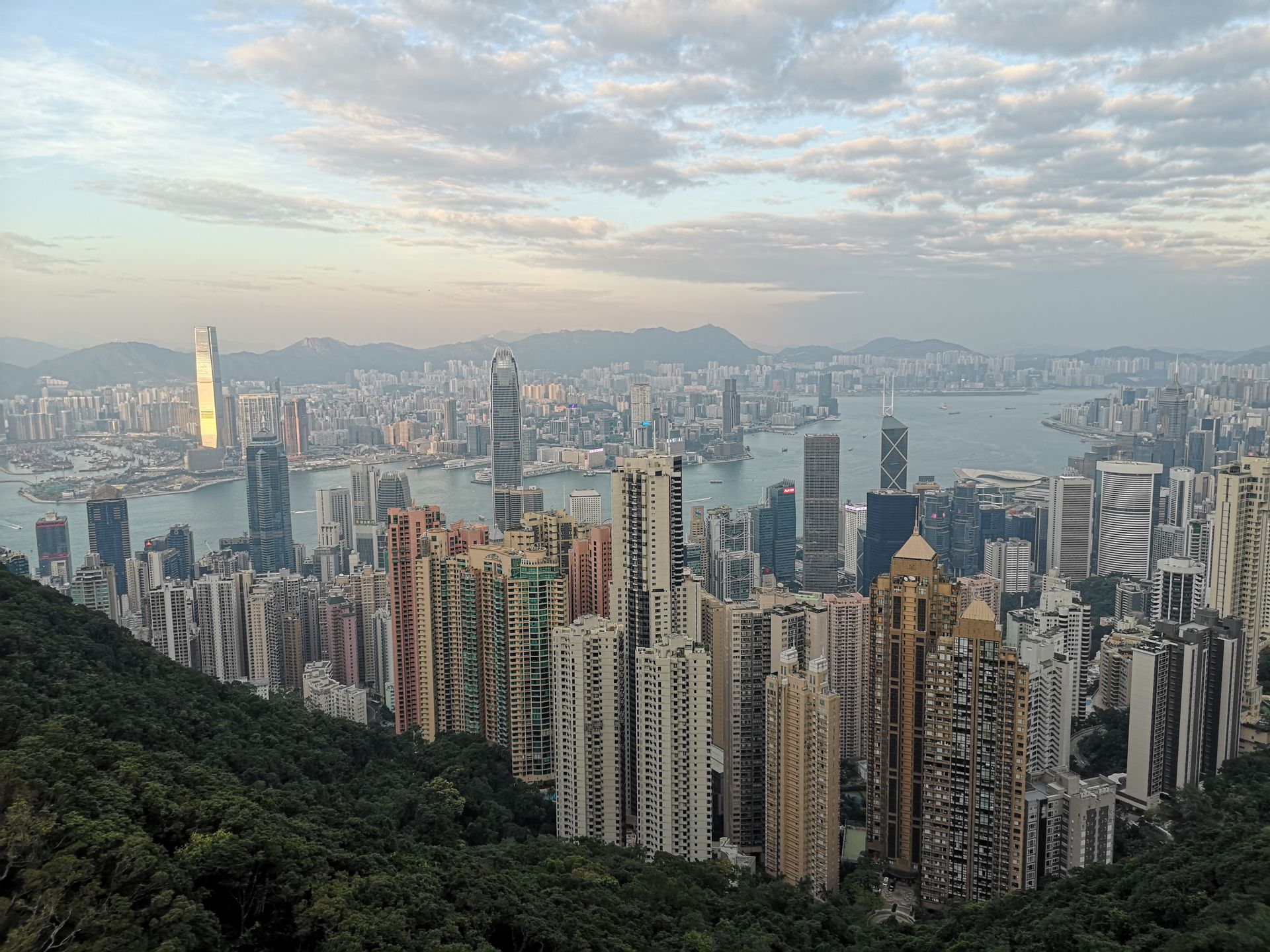
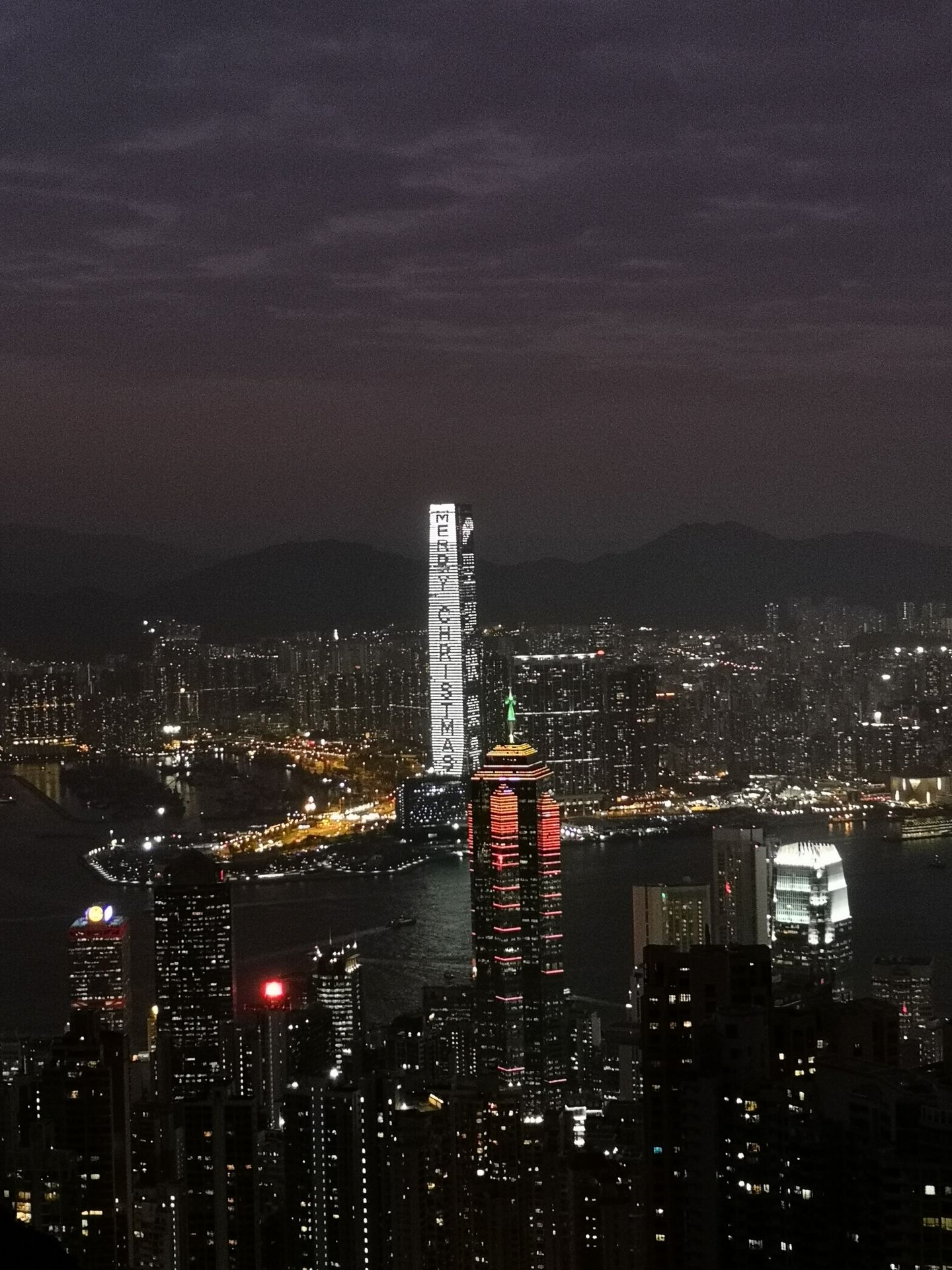
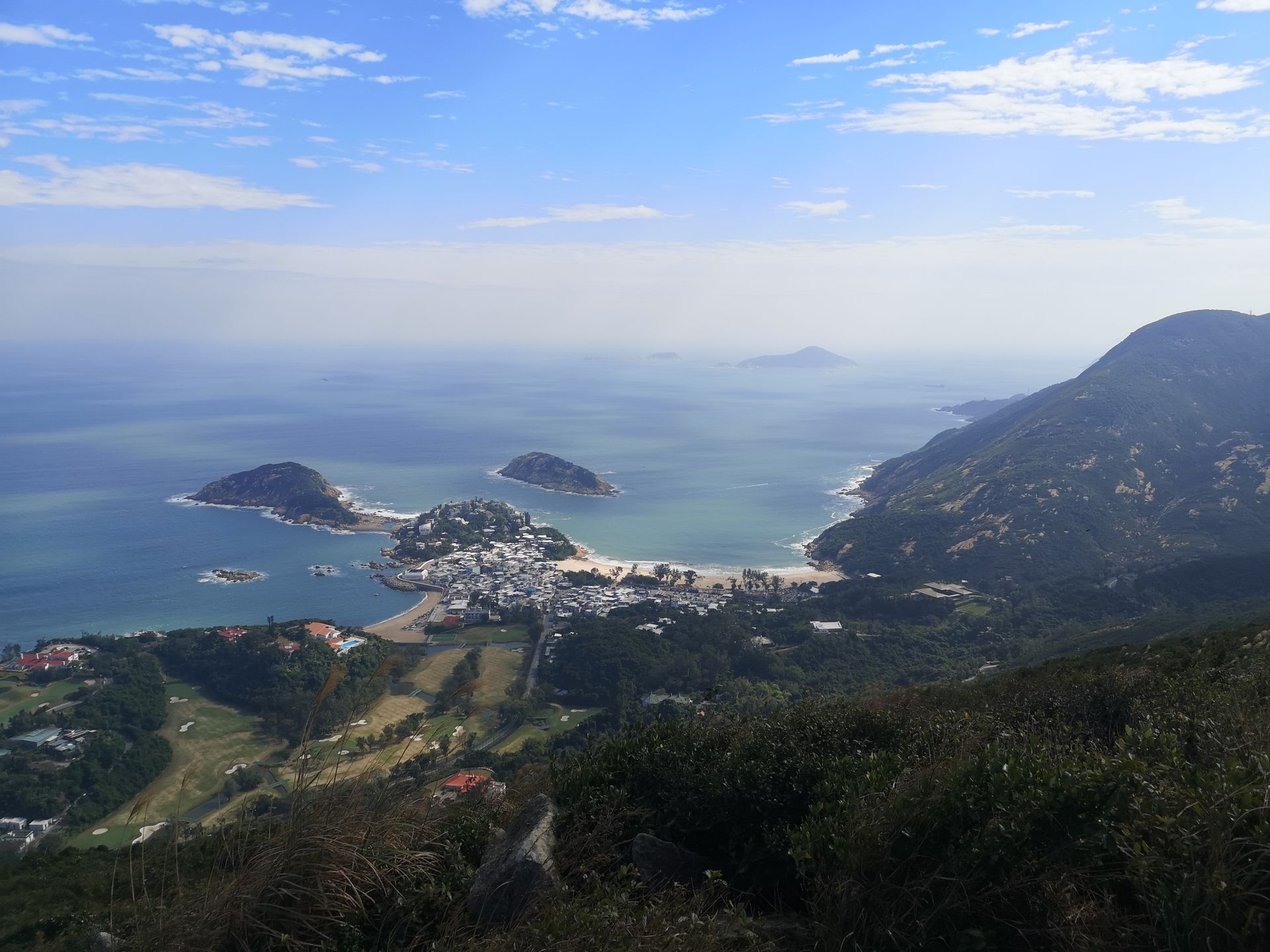
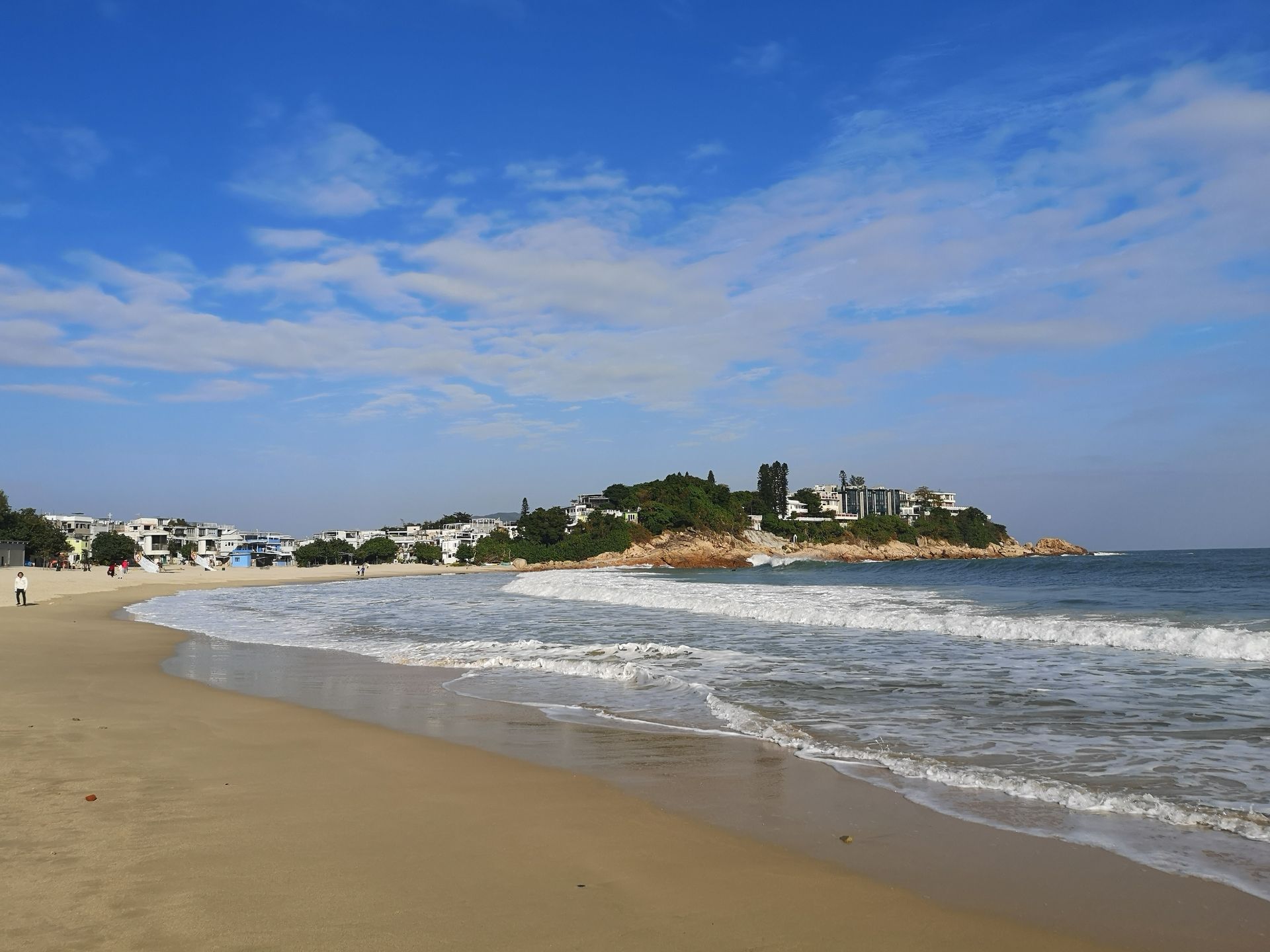
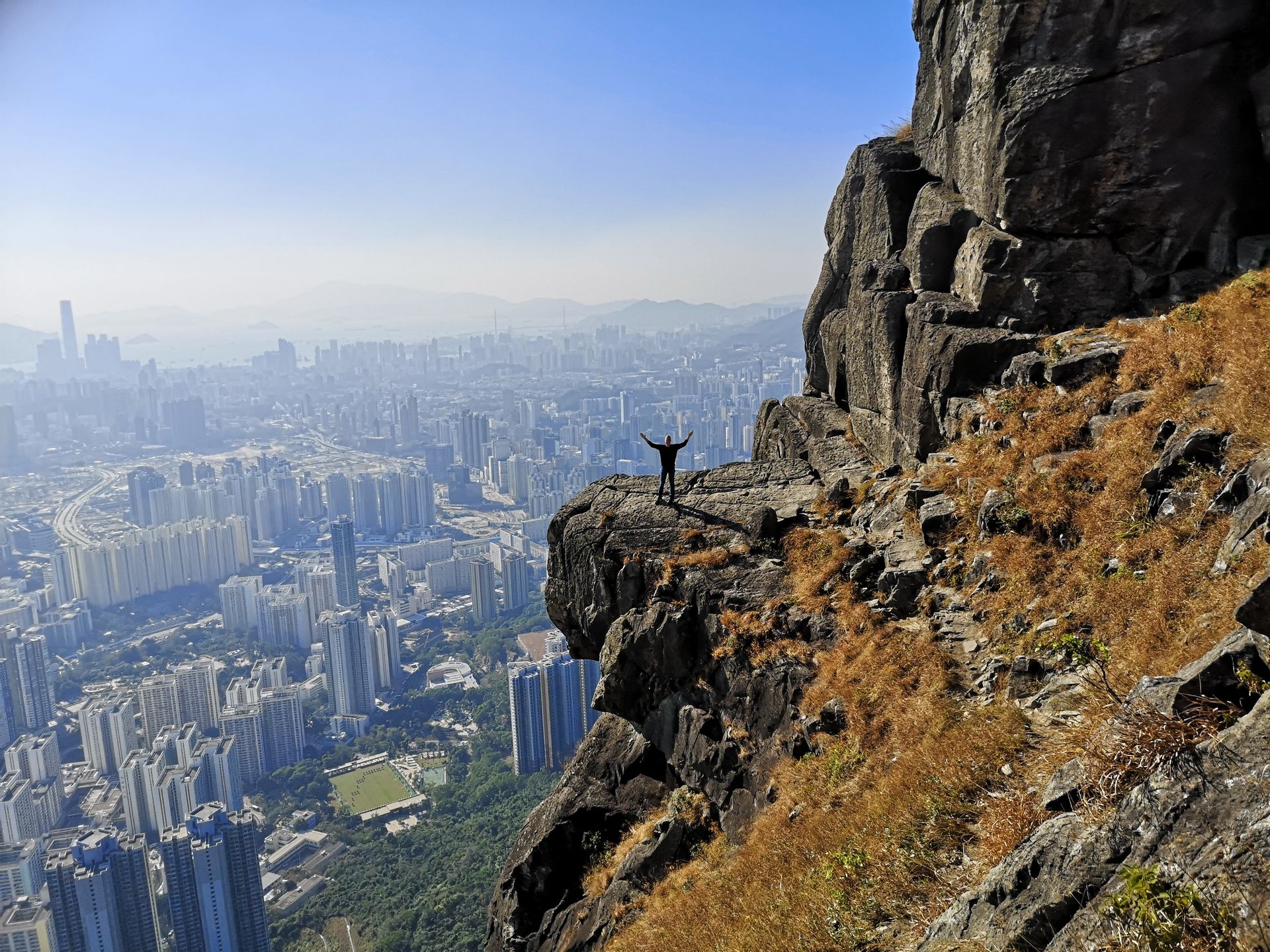
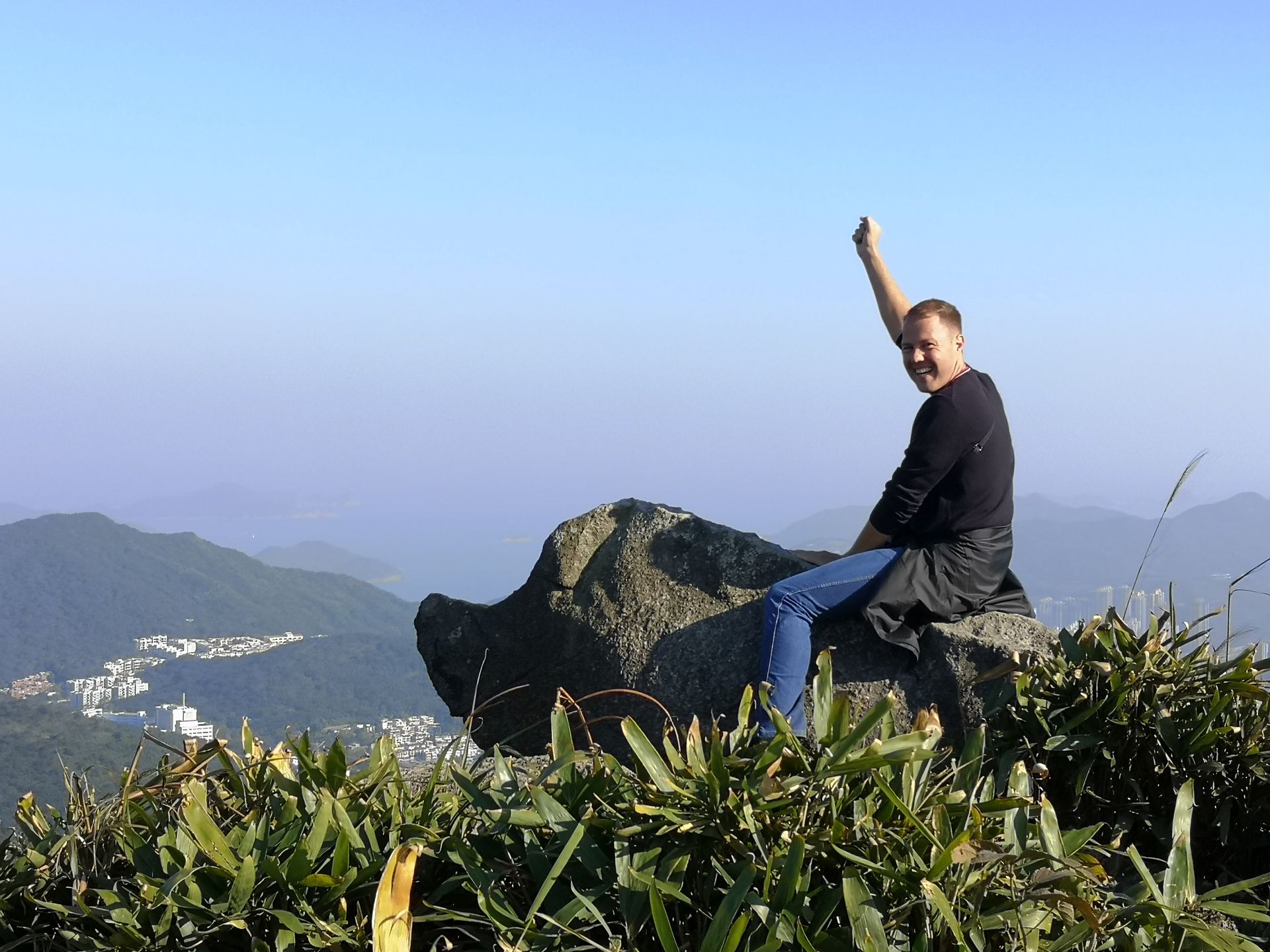
Then I want to mention that despite the demos, it is absolutely safe to travel to Hong Kong. The demos do not take place every day and if there is one, it is only in one of the many districts. This is also a criticism of many Hong Kongers towards the international media, that they report things that do not correspond to the whole truth. As a result, tourists stay away and an unjustified bad opinion about Hong Kong is formed. The demo itself was peaceful, but it was interesting for me to see the tactics used by the police, which resembled those used in football. It was also very impressive to see how well equipped the demonstrators were, it felt like I was the only one without a face mask. Other interesting tools were wire cutters to switch off traffic lights and an electric FLEX(!) to cut the barricades. The number of participants is estimated at around 1 million(!).
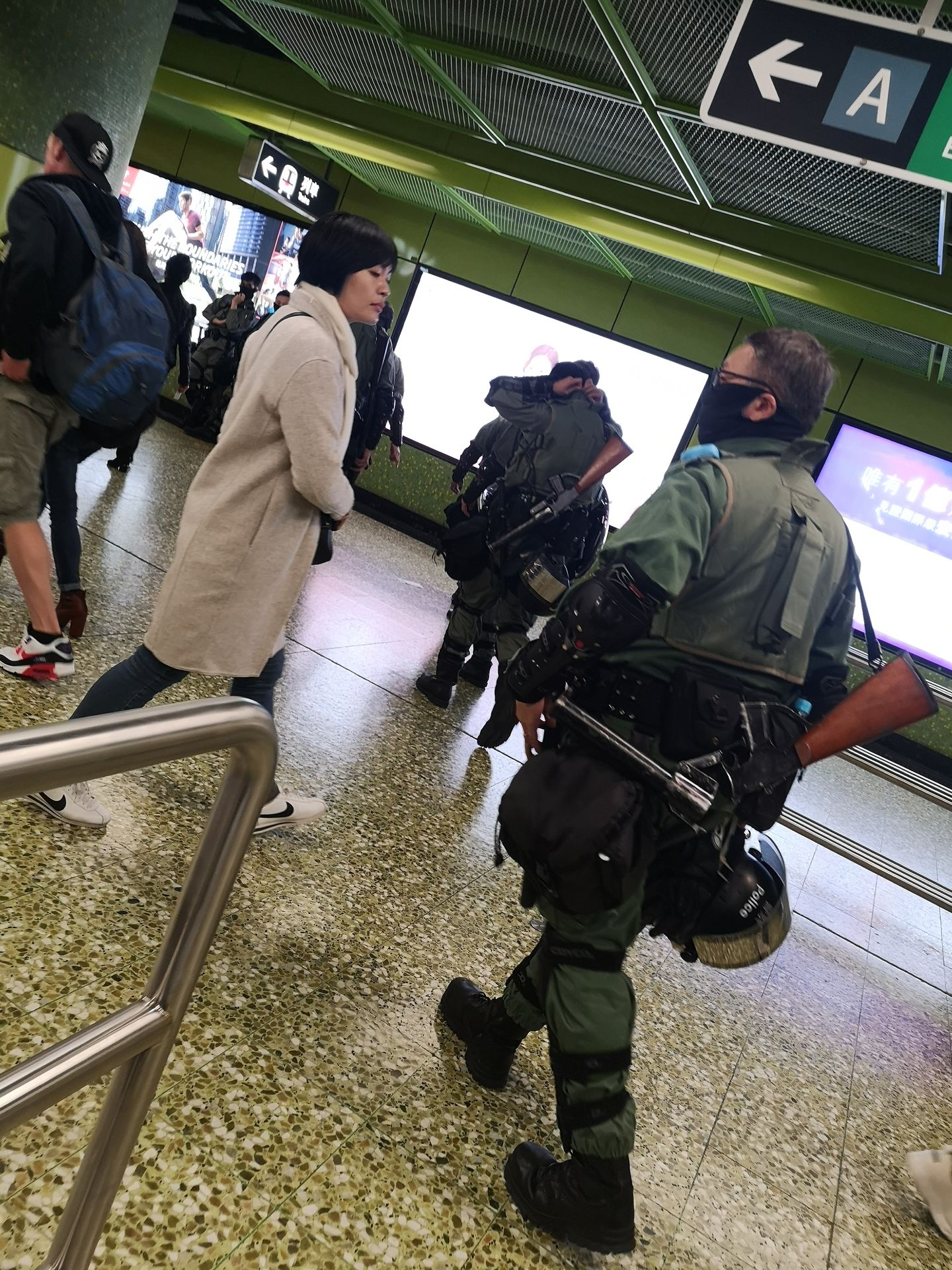
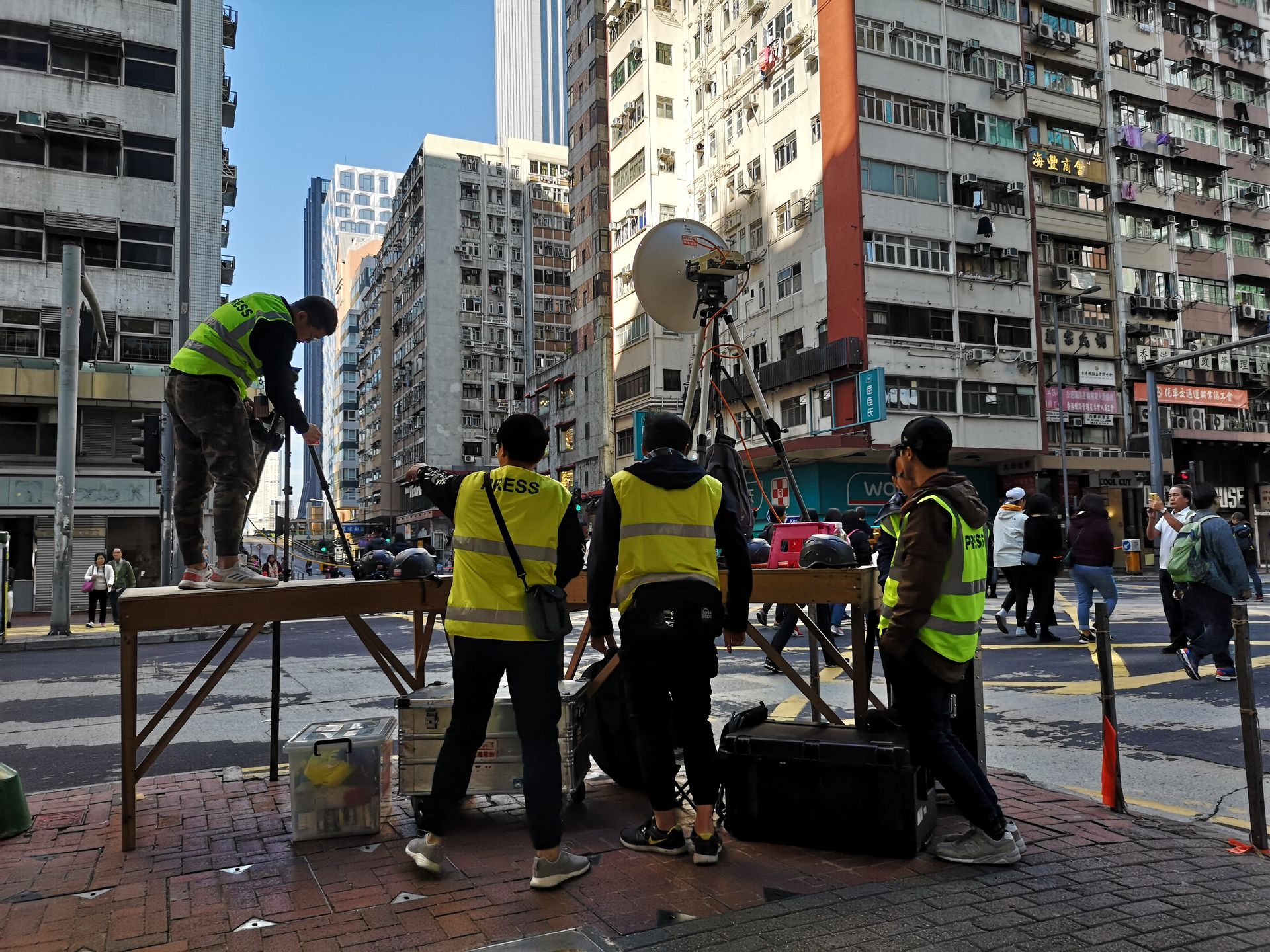
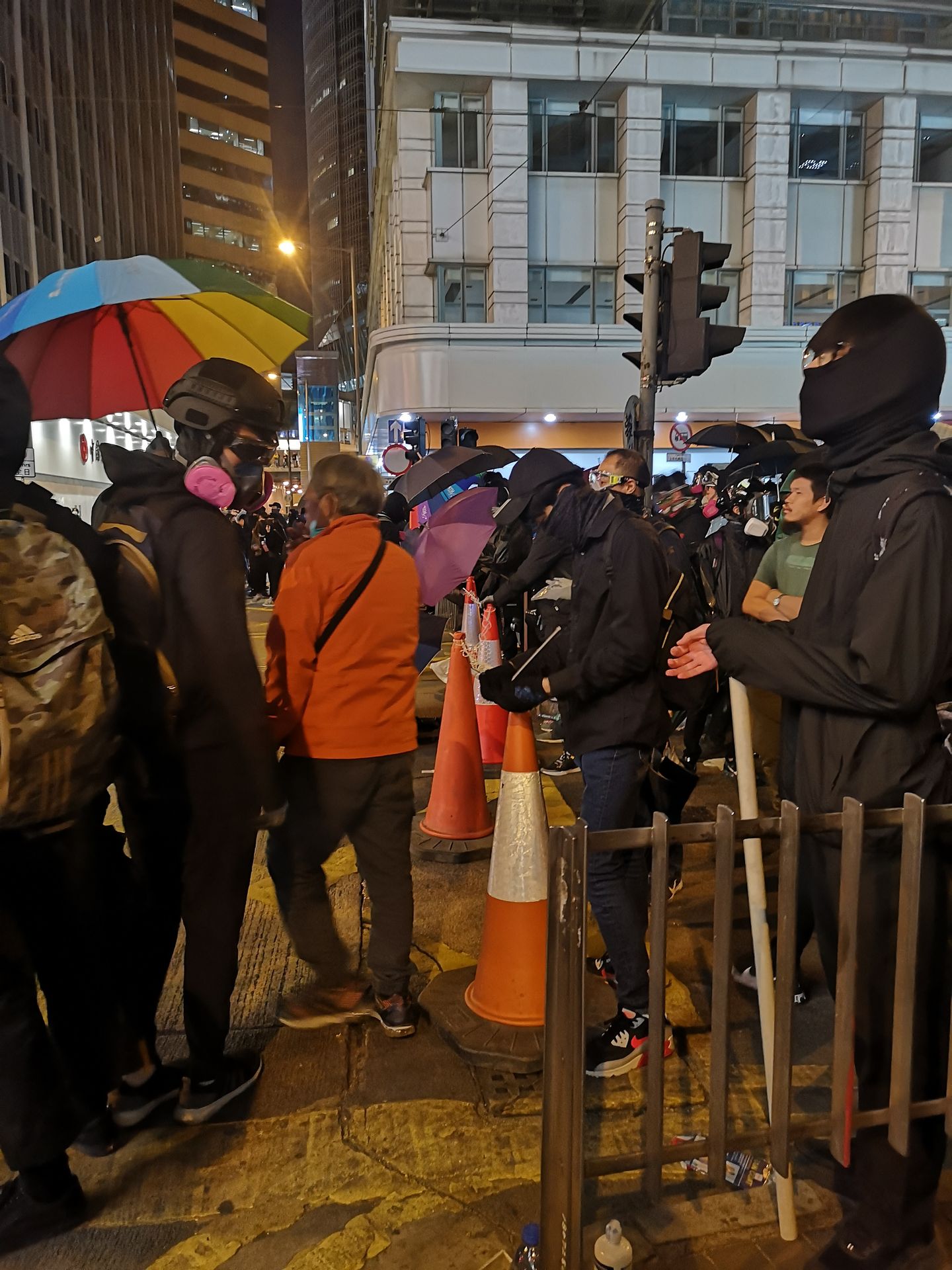
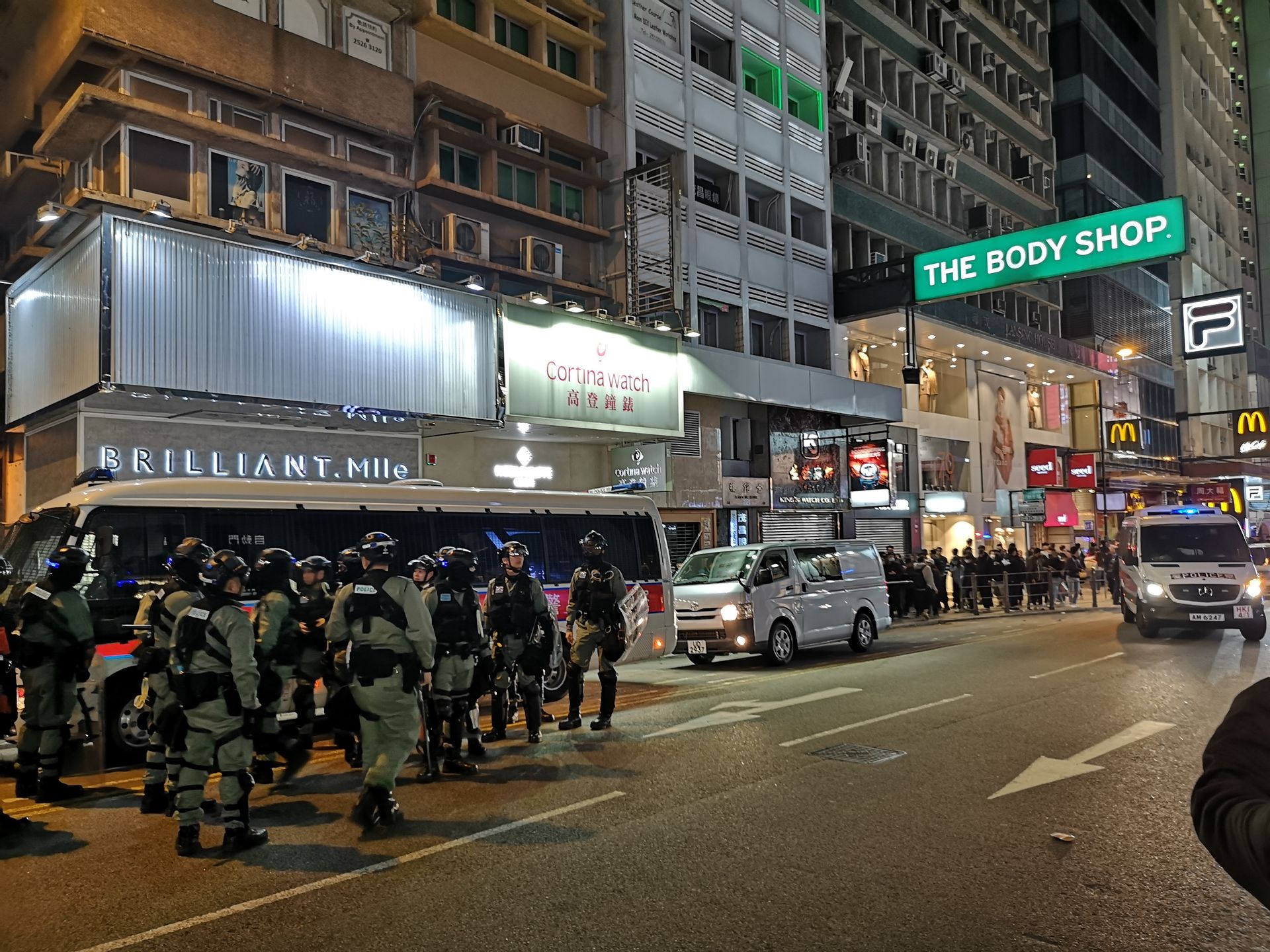
After surviving the demo without arrest or contact with tear gas, I headed to Thailand, a vacation within the vacation. Traveling in Thailand is pure relaxation. You don't have to wait for buses, the accommodations have a certain standard, and the food is still unbeatable.
Arriving in Phuket, I wanted to leave the island as soon as possible, it was overcrowded, expensive, and had a party atmosphere. Together with Anna from Berlin, I traveled for two weeks through the Khao Sok National Park and Koh Phangan to Koh Tao. Two weeks of doing more or less nothing. The Tsunami Museum was small and run down, but still impressive and shocking at the same time. The Khao Sok National Park was beautiful, but compared to what I saw in Indonesia and the Philippines, it was nothing special anymore. I don't want to write much about Koh Phangan and Koh Tao, both are among my favorite islands and we spent our days reading, swimming, relaxing, and eating.
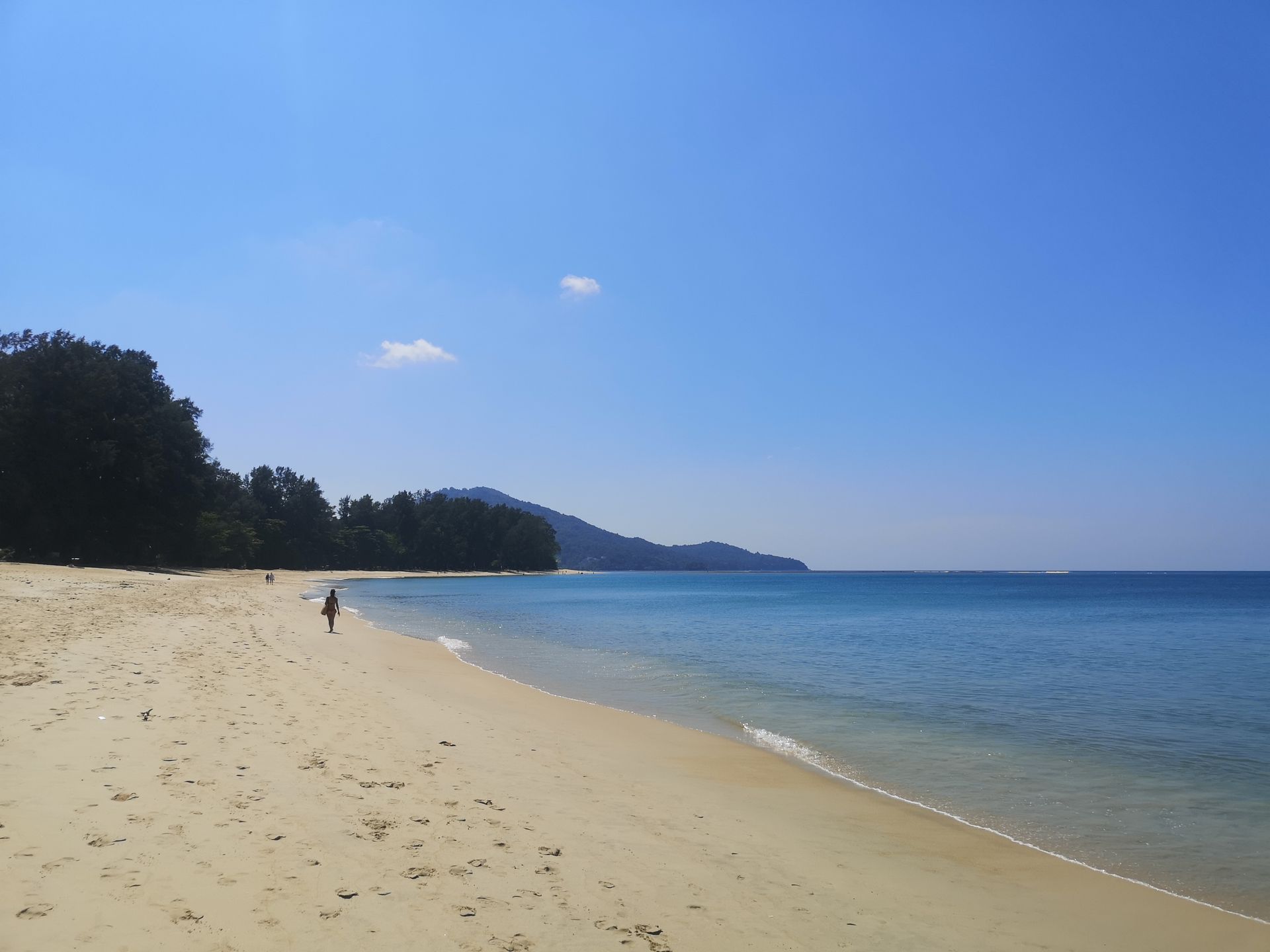
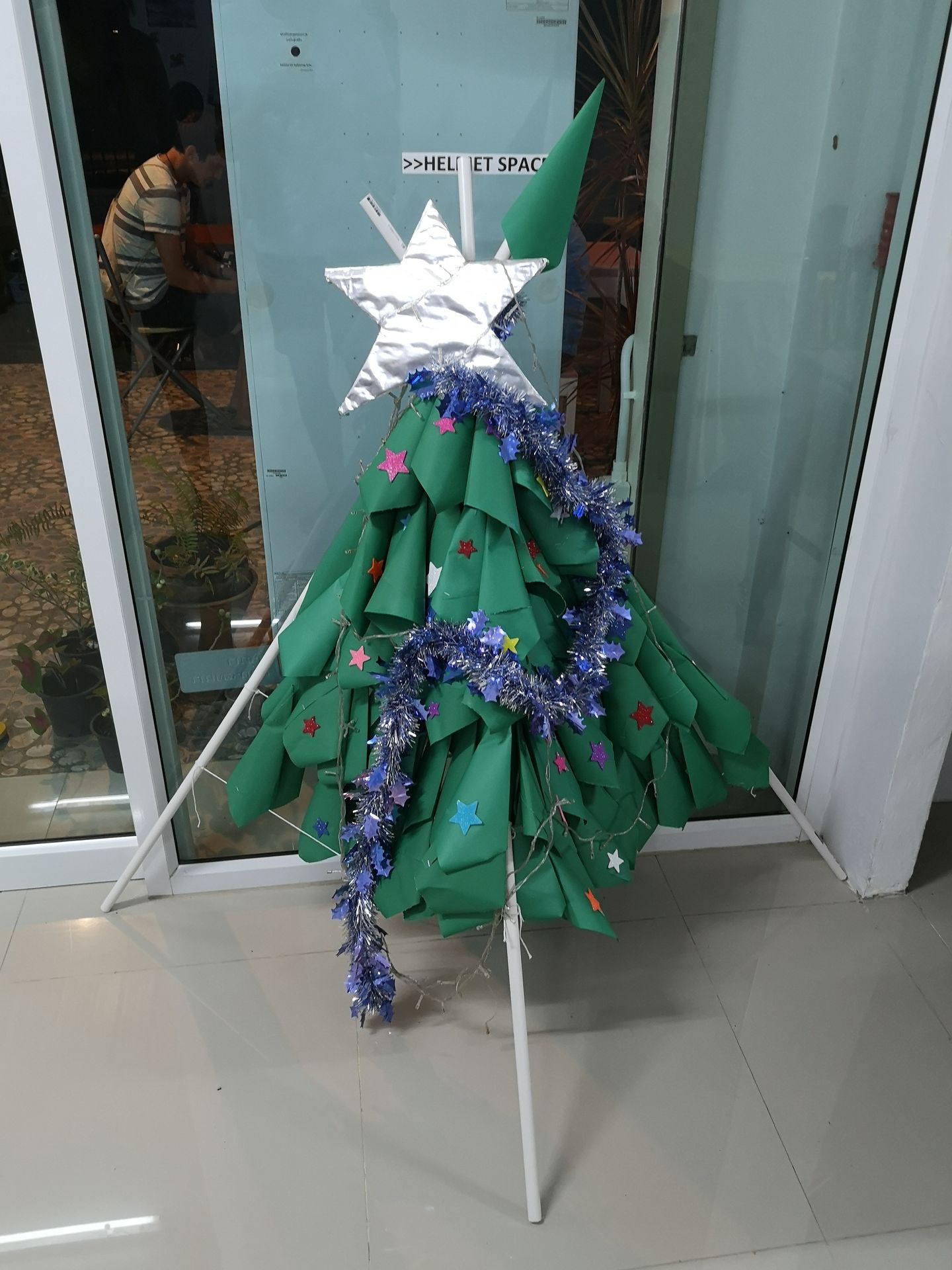
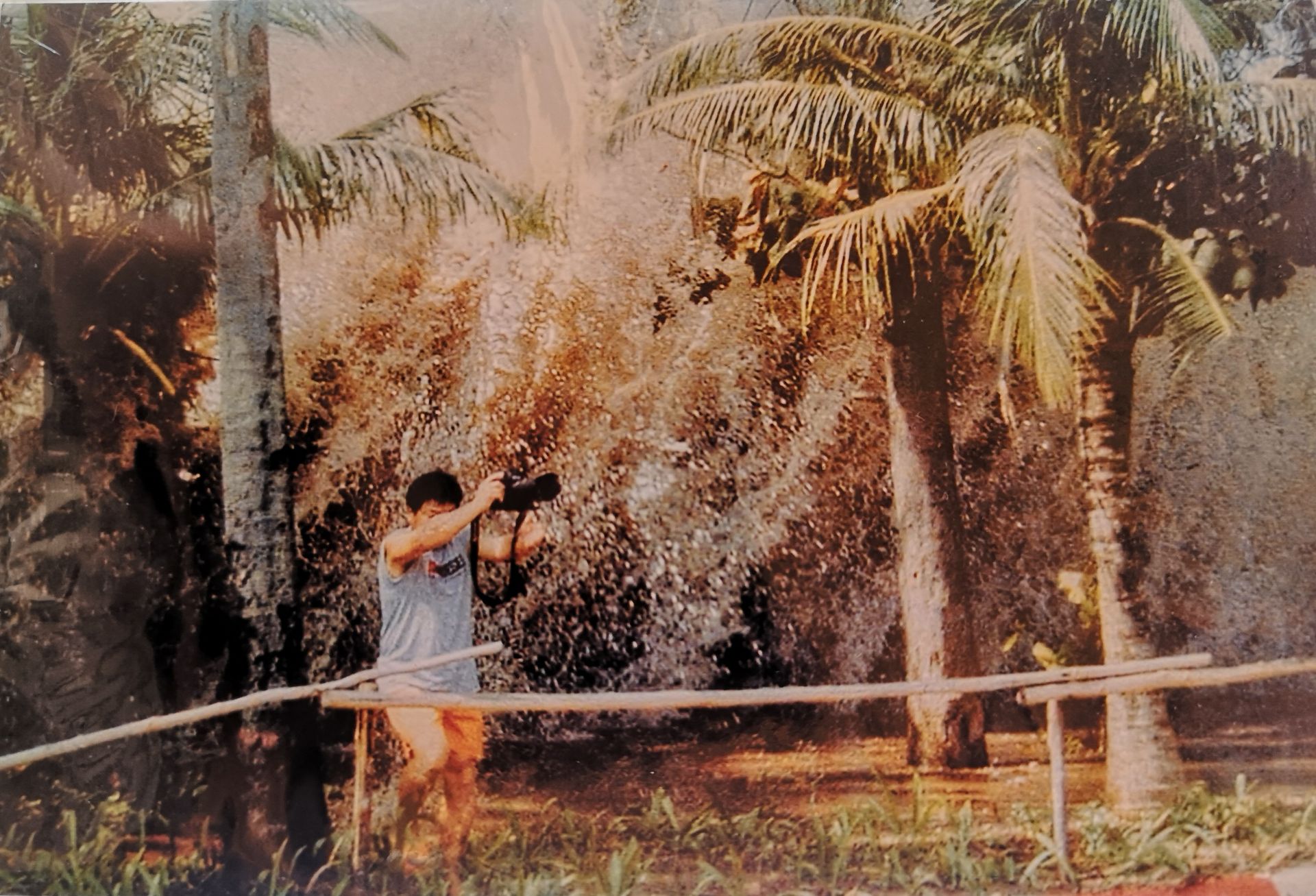
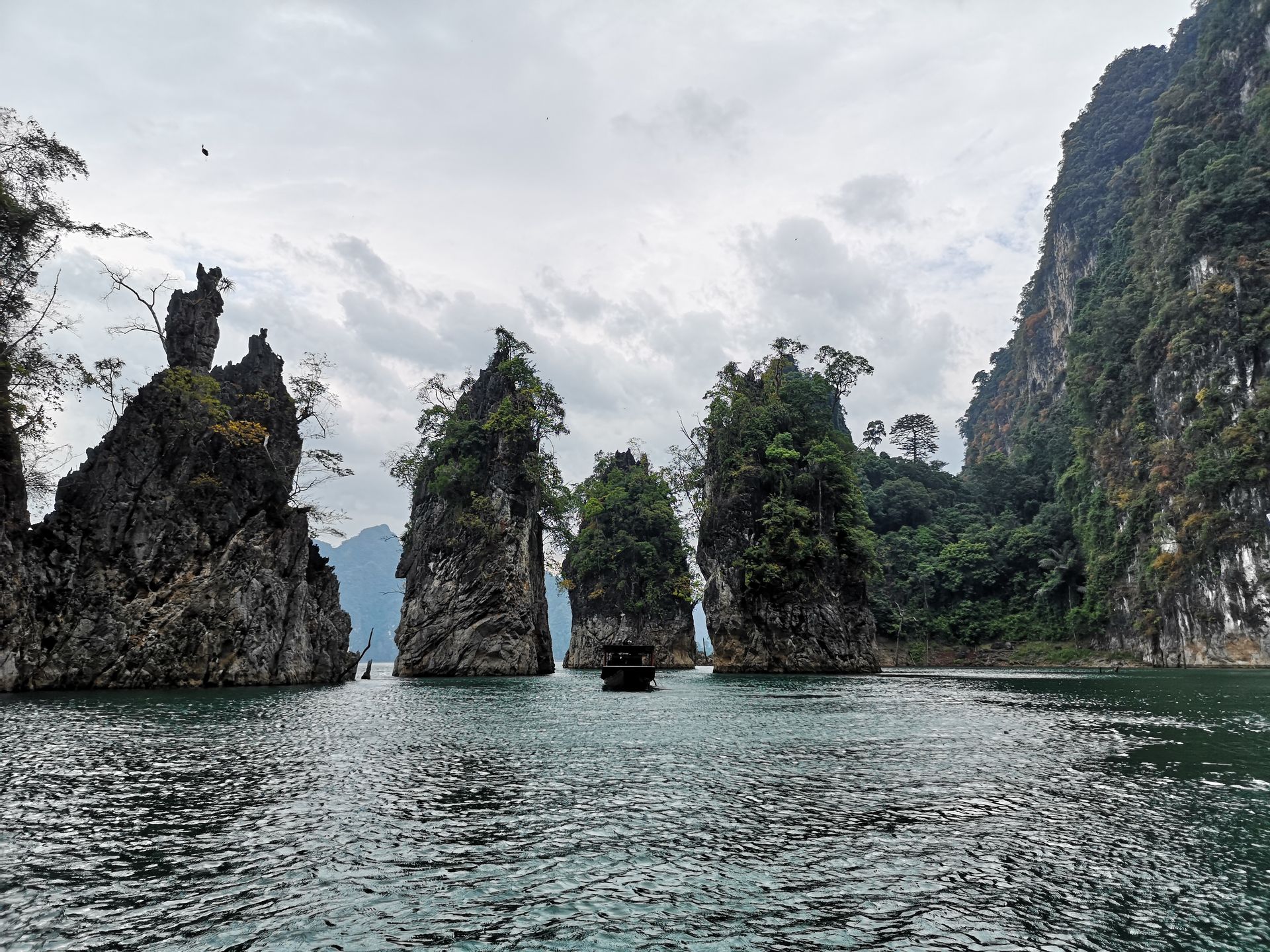
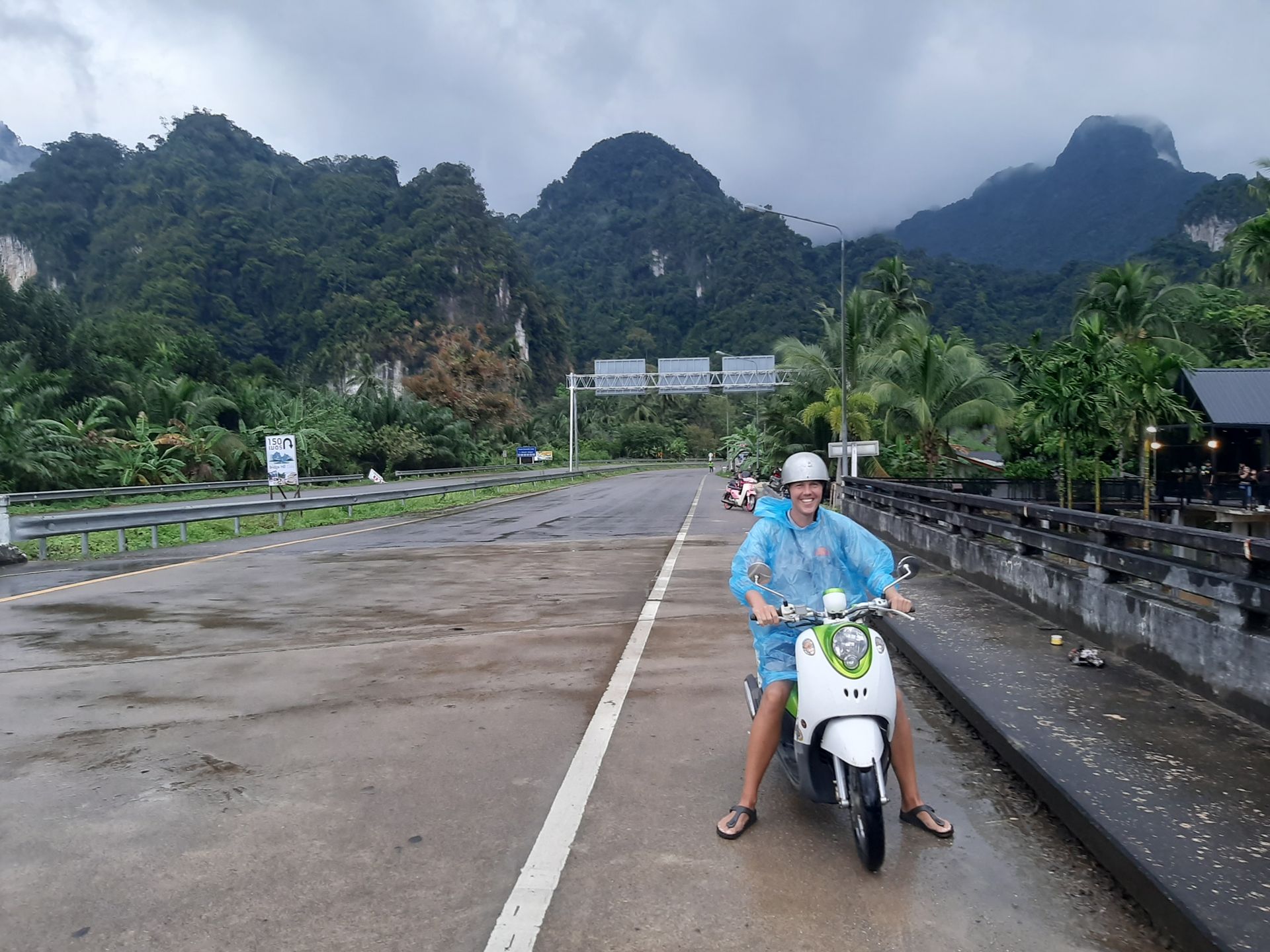
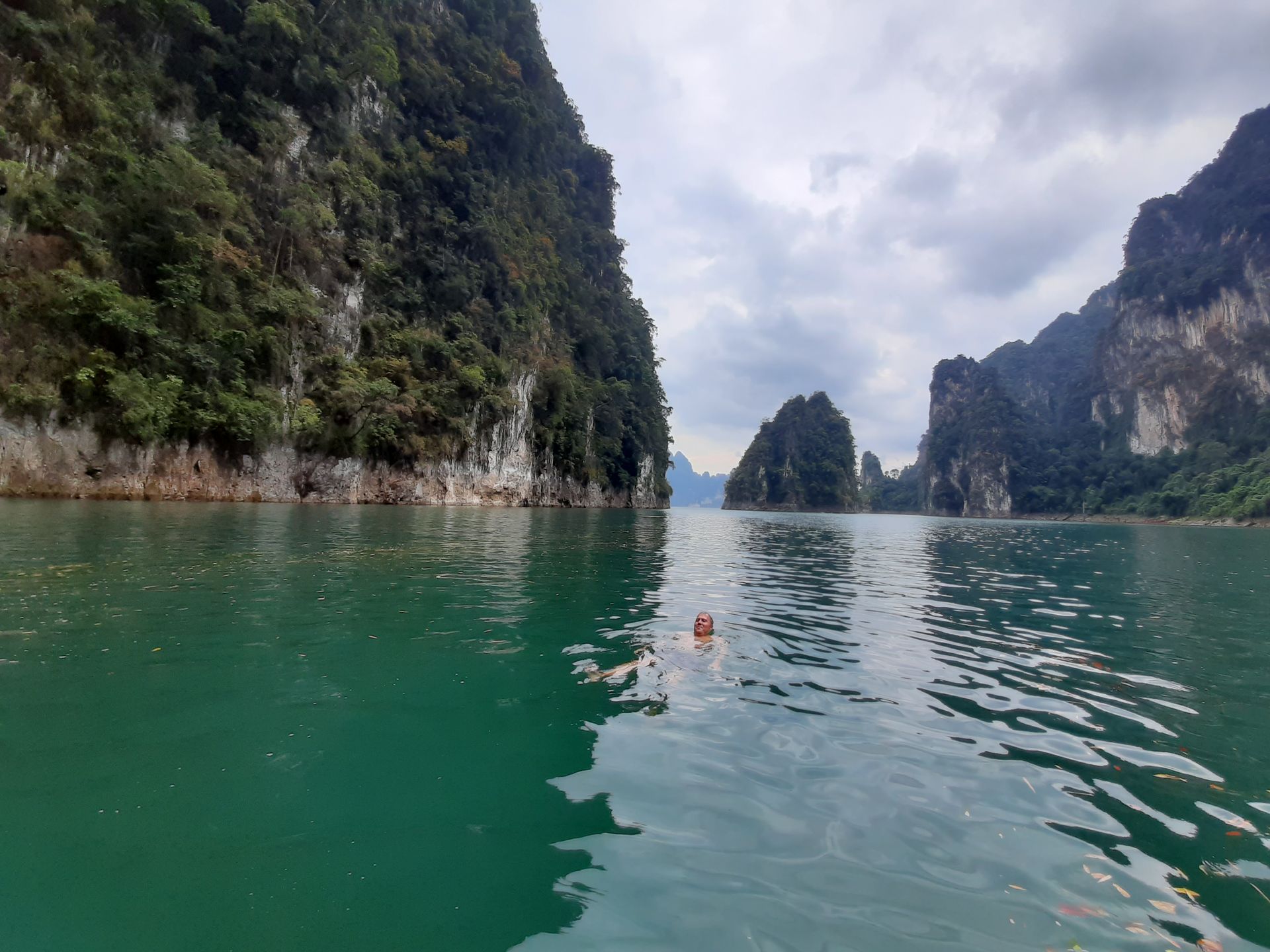
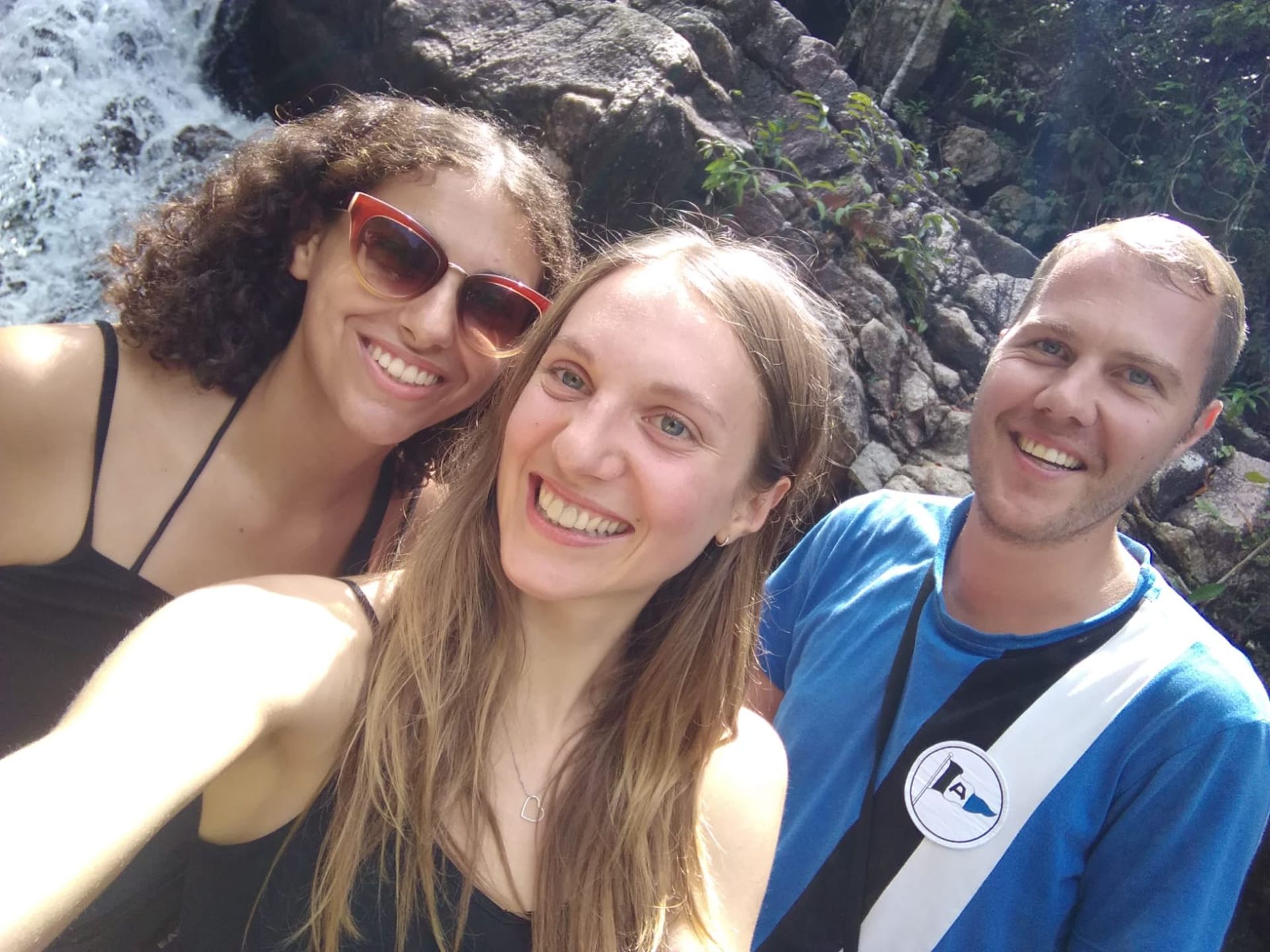
After that, our paths diverged. Anna went on to northern Thailand, and I went to Myanmar. Due to the many incredibly positive and euphoric stories, I had high expectations for Myanmar. I just made it across the border in time, and fittingly, I found the last minibus to Myeik. The night was anything but relaxing, and there was no sleep to be had, I was more worried about my back. It went up and down, where are the roads? There are none! After the tour in Laos, this was actually the second time on my trip that I considered taking a painkiller, everything hurt, everything. The subsequent trips between cities didn't change that much, but I don't want to complain, because I finally had another adventure!
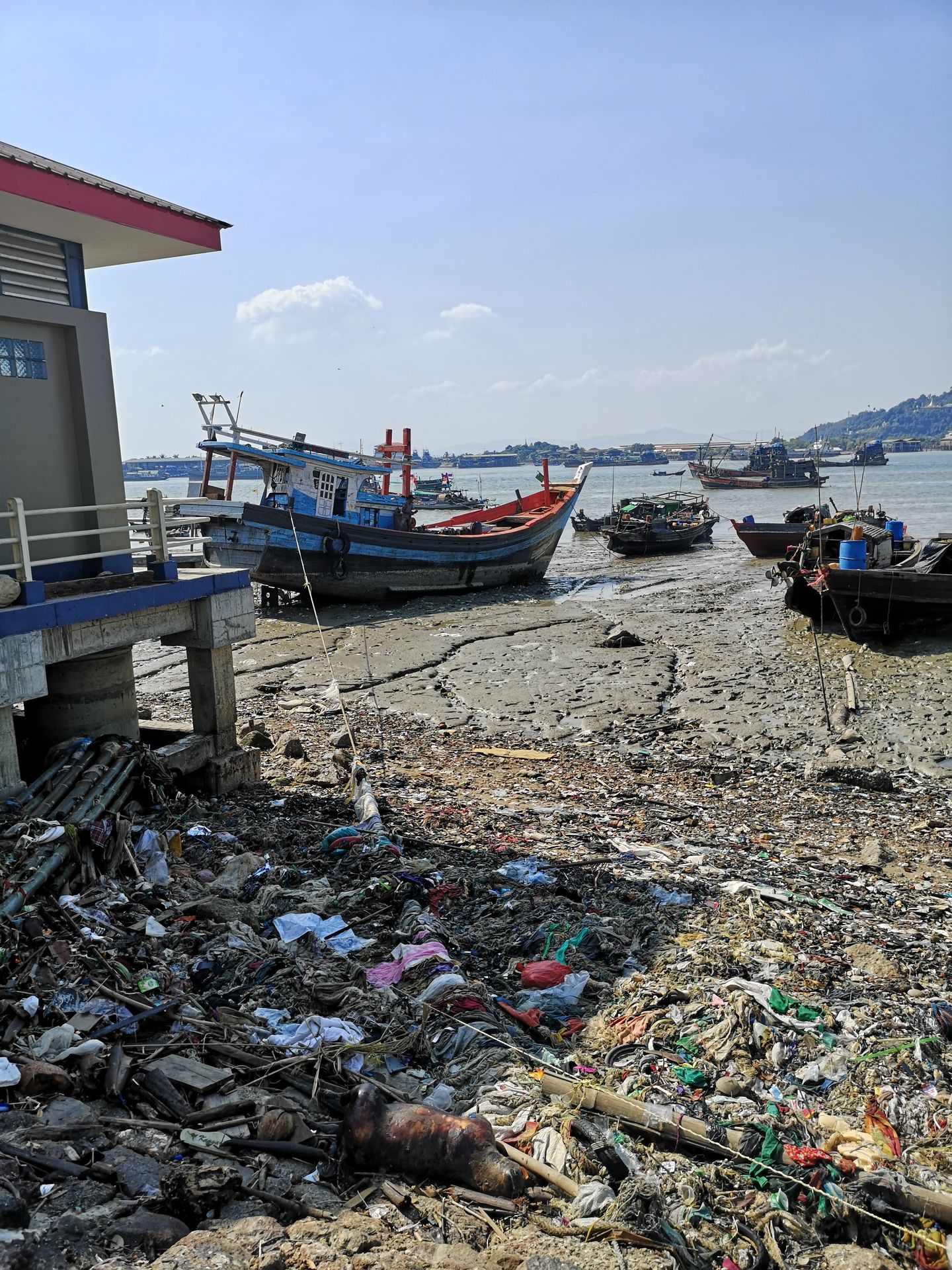
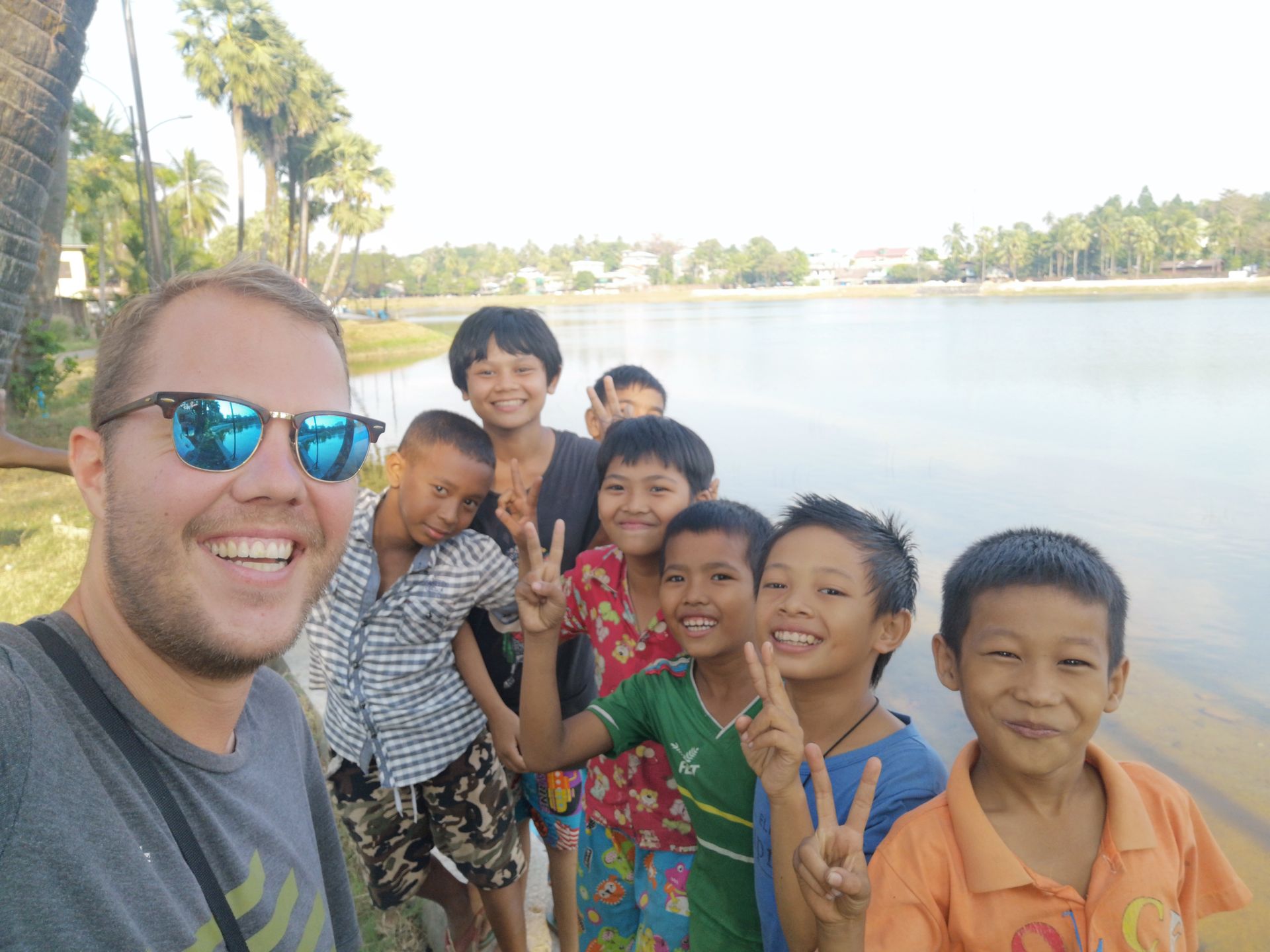
In the following five days, I didn't see any other Western tourists except for two Dutch people. The locals were super nice, wanted to take photos, talk, or just shake hands and test their English. In Myanmar, I saw absolute poverty, disgusting smells, and a lot of trash. For example, people take their garbage to the river and simply dump it in, sometimes entire trucks arrive, while we discuss speed limits or driving bans on individual streets. I believe that the money or the energy that we put into endless discussions, studies, and measurements could be used much more effectively, but that's another topic. Those who are interested can listen to my opinion on this at some point...

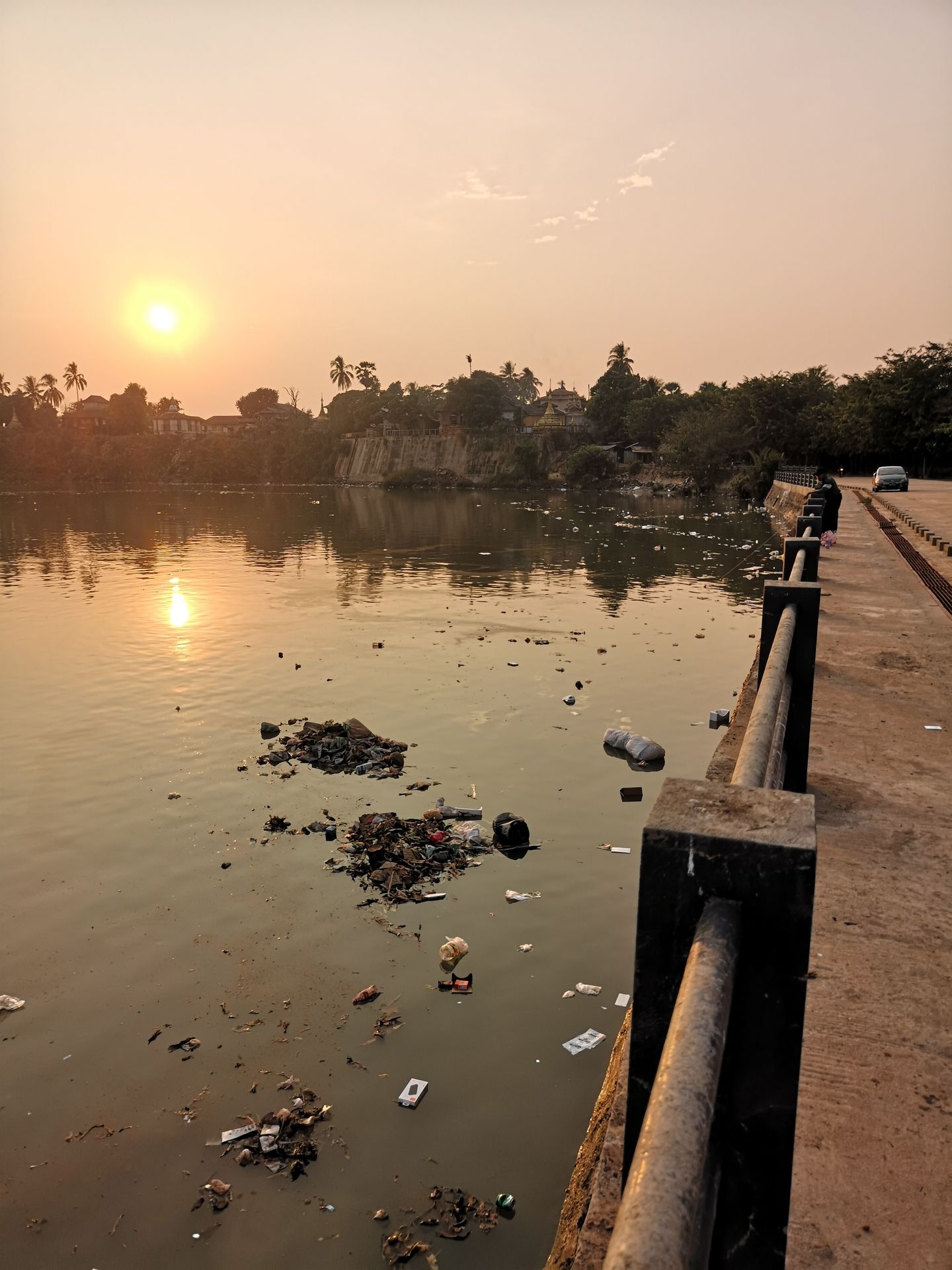
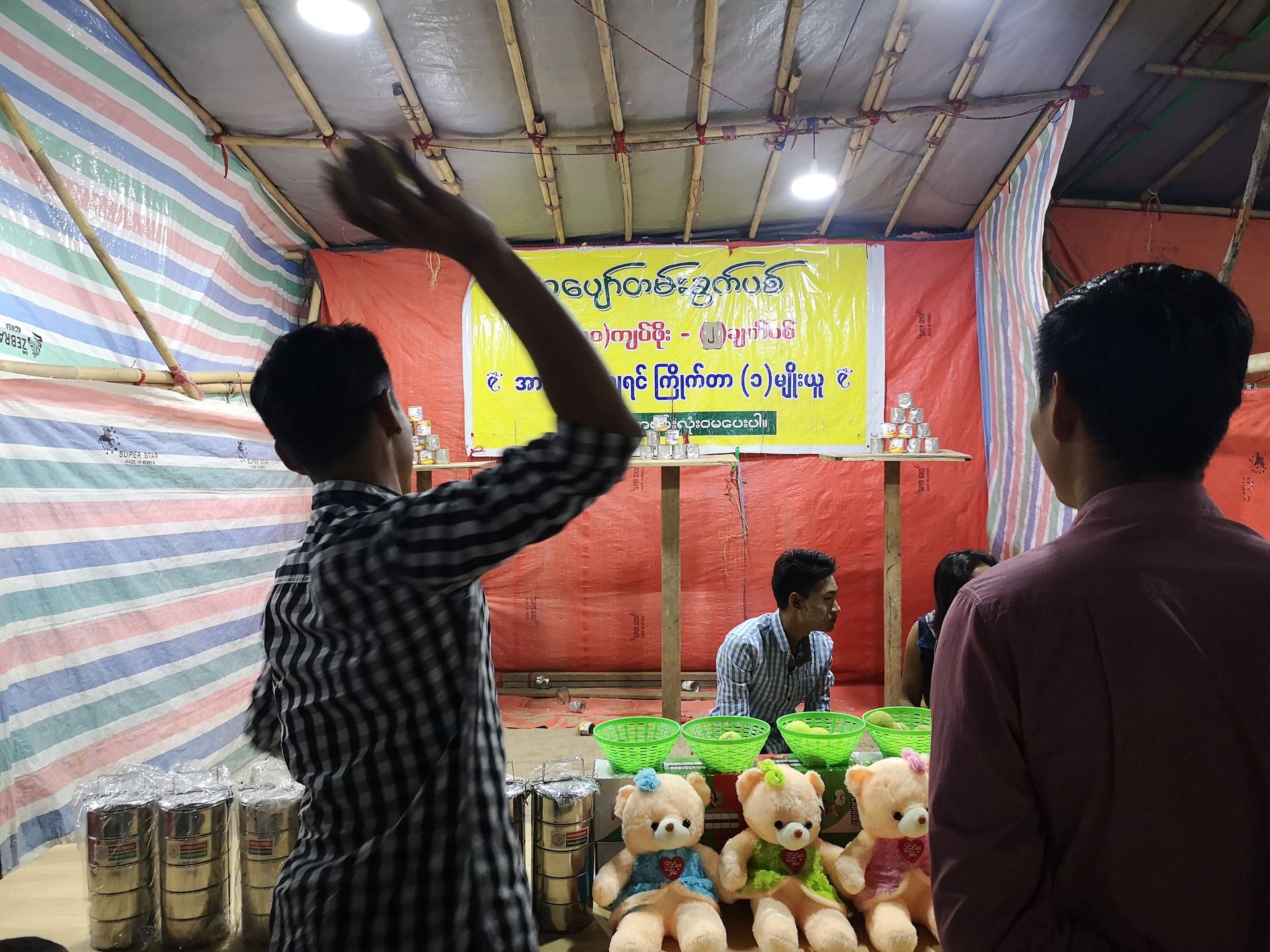
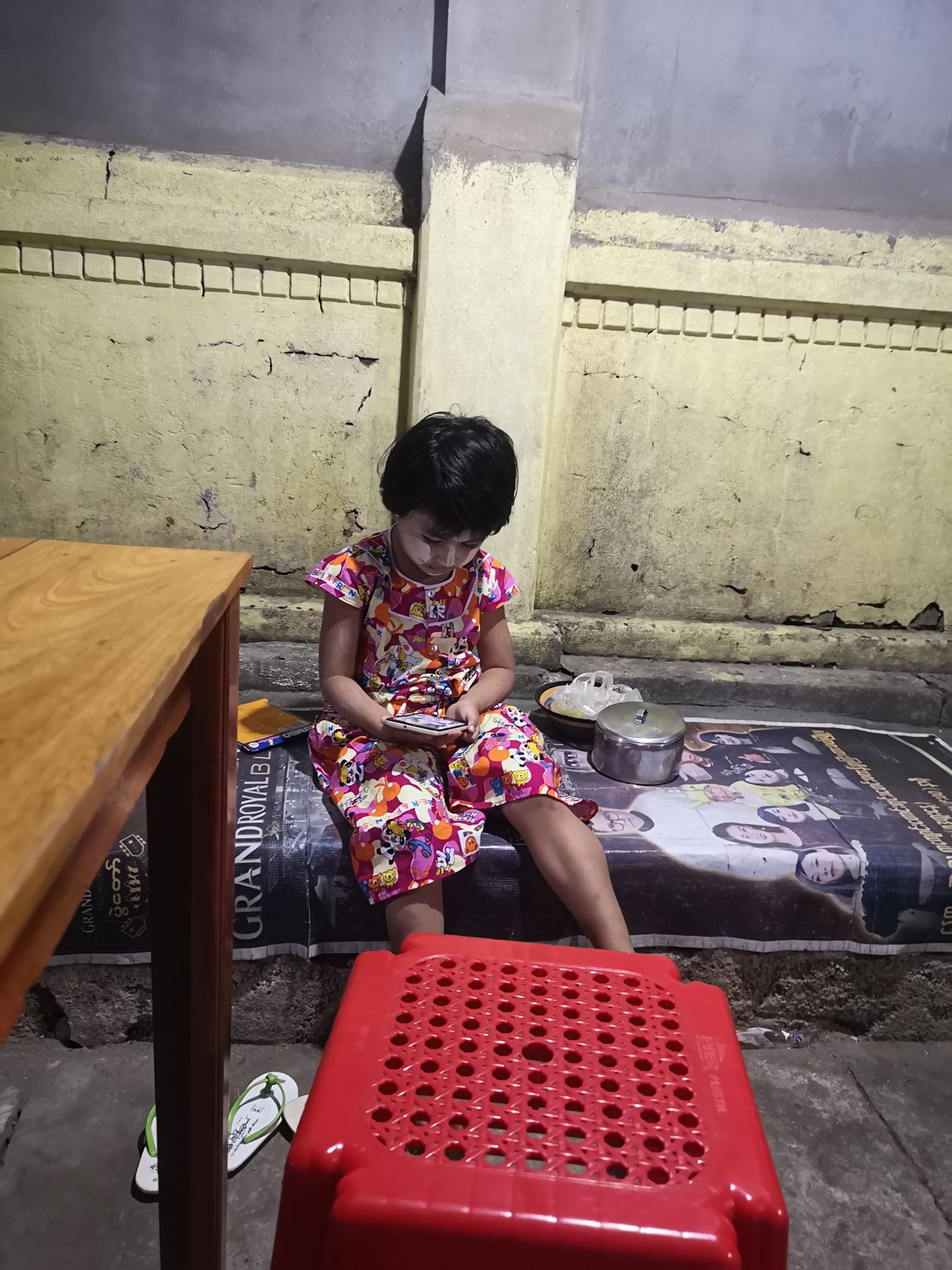
After relaxing for a few days on lonely beaches in Dawei and visiting two temples in Mawlamyaing, I continued to Yangon and was excited to receive my second visit. Now you can read a few lines and impressions from Thomas! :)
-----I was very excited. Not only because Myanmar fascinated me a lot, but also because this visit, including the reunion, was supposed to mean more than two and a half weeks of sunshine. We reduced the preparations to the bare minimum: the meeting point. Before a flight, the waiting time at the gate is usually annoying, patience is not my greatest strength. In this case, however, my meeting with a well-known German rapper, whom I once had the pleasure of meeting in Bielefeld, was entertaining. "Hanged" and 1312 trains were the topics. But the first-class ticket didn't feel "real" when I later saw the individual sleeping cabin.
I see the airport in Dubai for the first time and find it amazing. From the air to the ground, I quickly realize that there is nothing that really appeals to me about the Emirates. Shout out to Emirates though: after five Southeast Asia tours, you are clearly at the top of the list of airlines: legroom, service, and food are top notch. See you again.
Daniel is traveling for a year. After months in Laos, Vietnam, Cambodia, Indonesia, the Philippines, Taiwan, Hong Kong, and Thailand, he has a lot to report, from highlights to lows, which are part of every journey. I listen with interest. Myanmar also awaited a new chapter for him, before hoping for completely different impressions in India and Pakistan. Fortunately, he hasn't changed, although he now wears Birkenstocks on his feet. He didn't develop a liking for the French, muscle shirts, or backpacker hippies. The thirst for adventure remained.
We start in Yangon and experience how this city really ticks right in the middle of Chinatown. It is run down, poor, and dirty. Trade dominates everywhere. The sights and golden pagodas deceive the real cityscape. Off the tourist paths, we find an abandoned amusement park and an old football stadium. Both are special places.
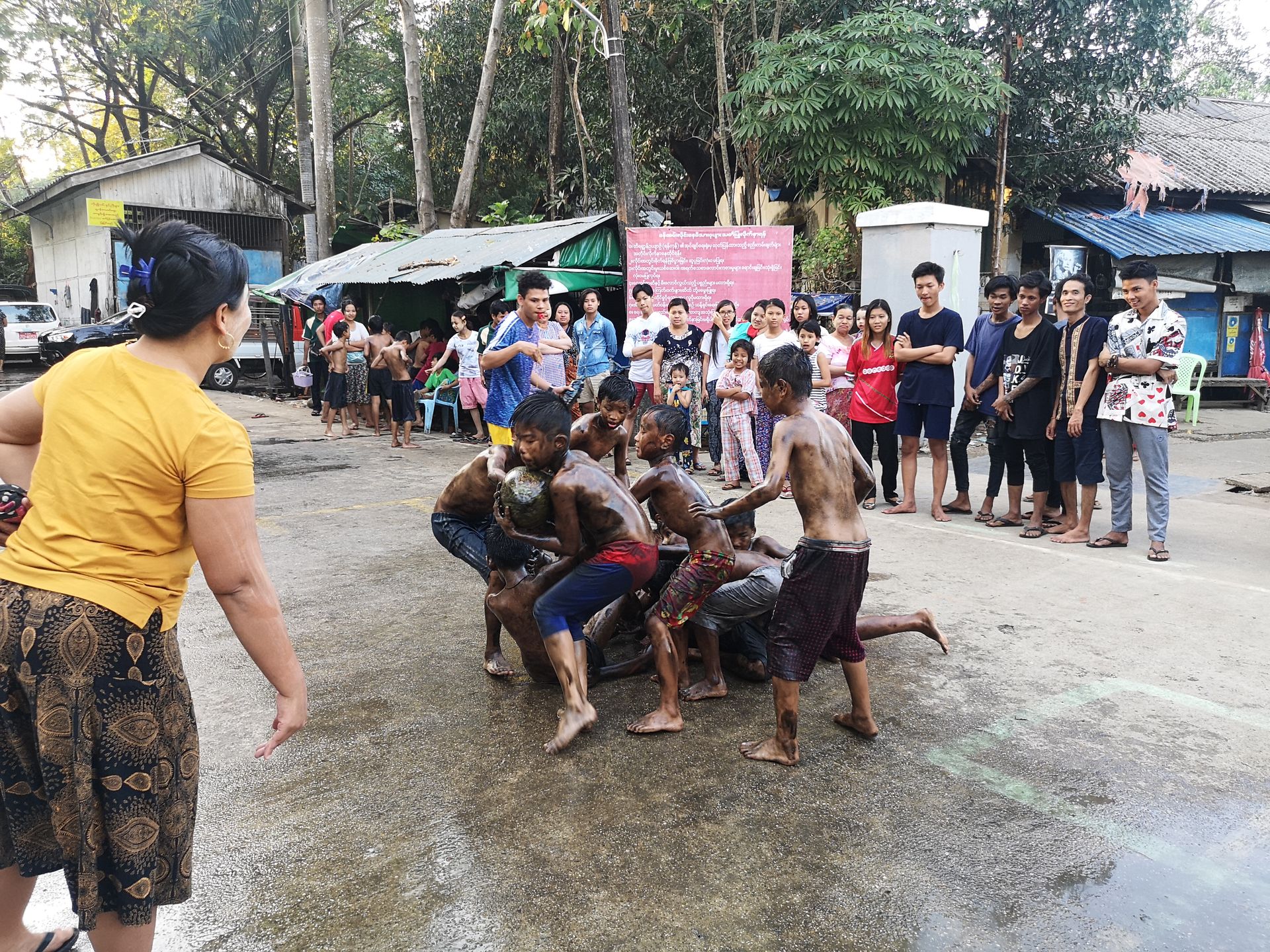
We visit the beach in Ngwe-Saung and the temple valley in Bagan. My hot air balloon flight there is the absolute highlight. Breathtaking. We continue the tour towards Mandalay (colonial city), Inle Lake (national park), and Hpa-An (cave mountain).
On site, we are always mobile with scooters and boats, and we see a lot, until we no longer feel like seeing temples or Buddhas.
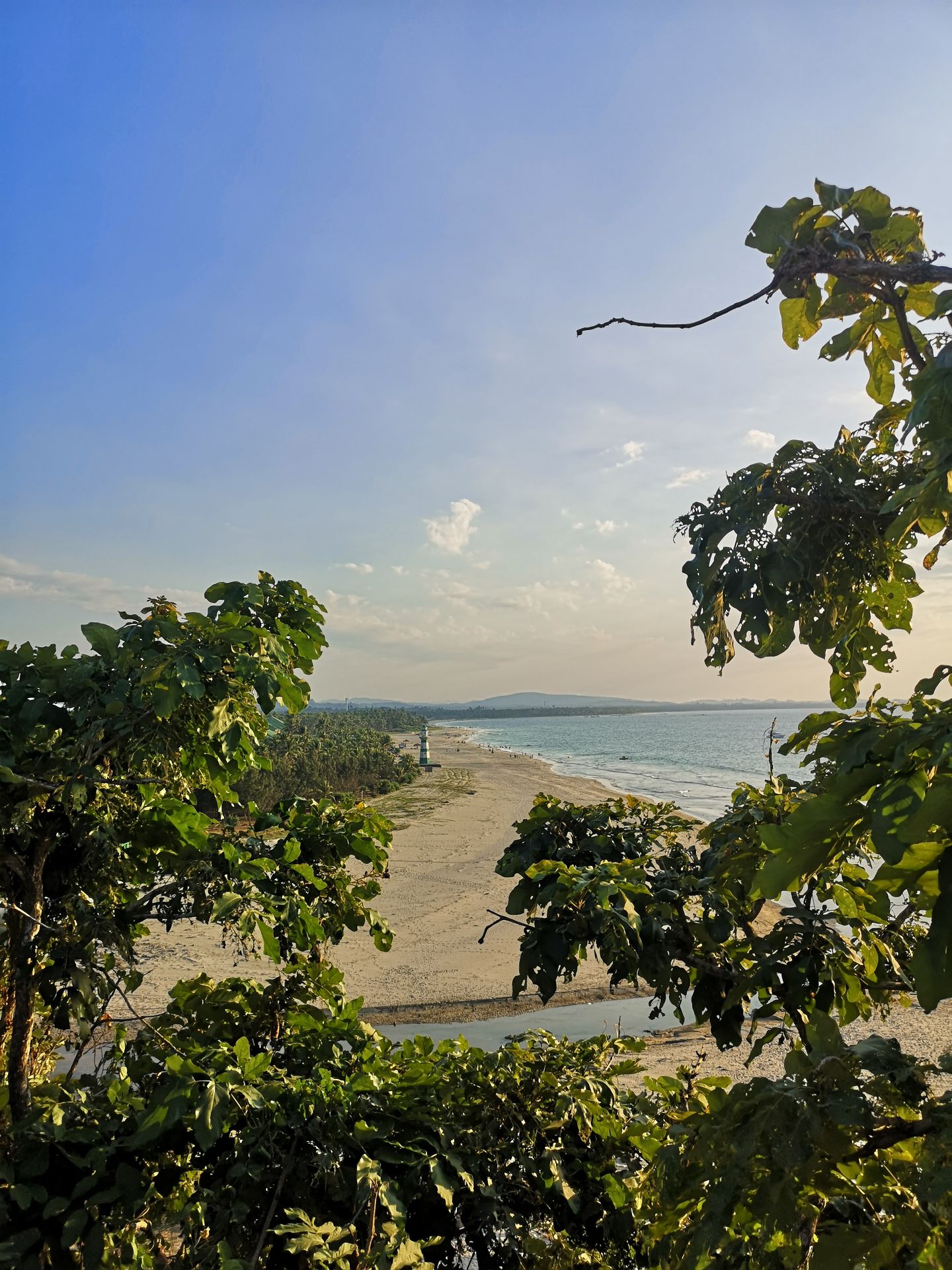

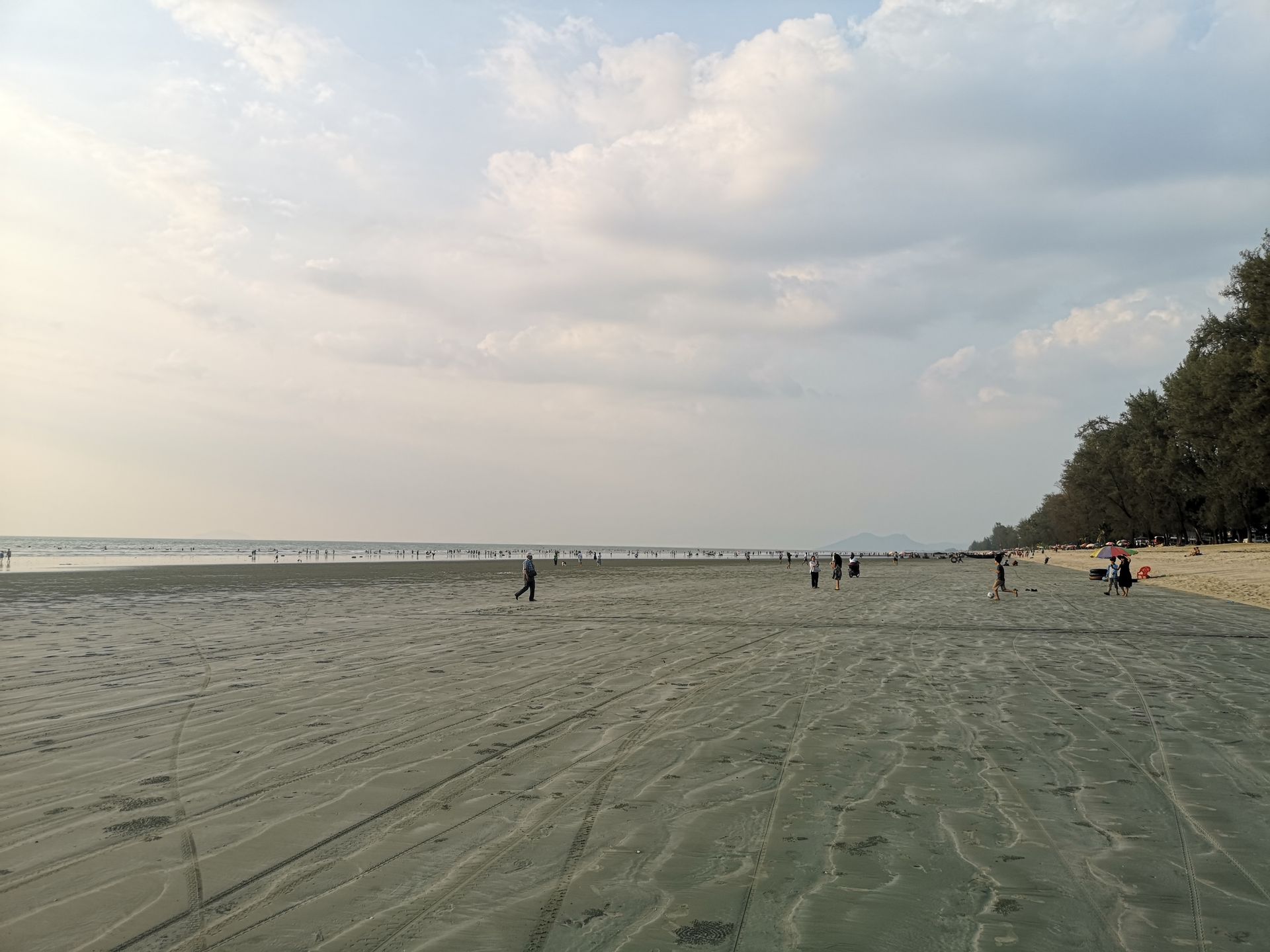
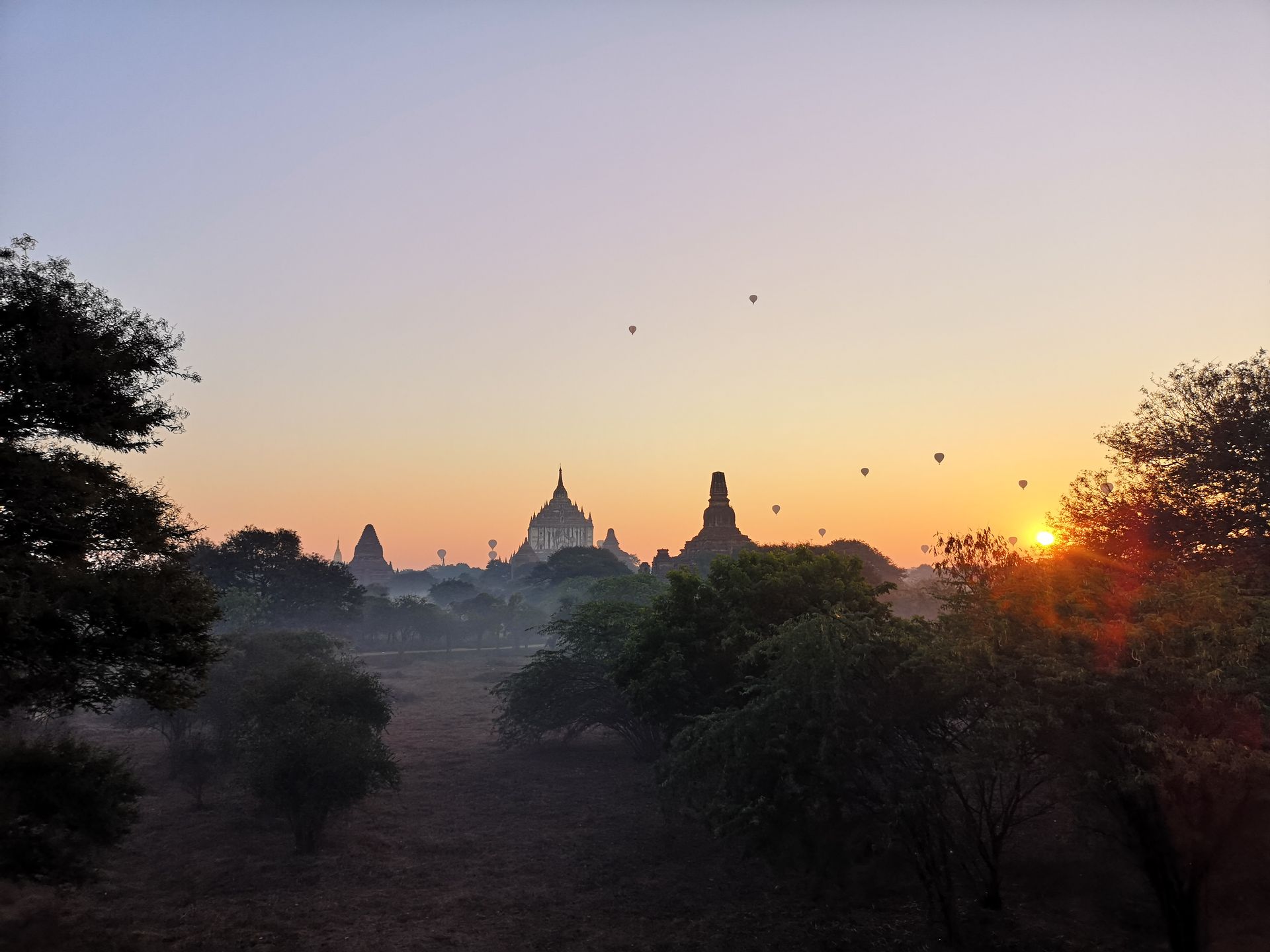
The traveling will prove to be demanding. Buses and vans run regularly everywhere, but due to the rough roads, they usually calculate a maximum speed of 30 to 40 kilometers per hour. Due to the distances of 300 to 400 kilometers to our destinations, we spend entire days and nights on the road. At least the locals often get "seasick," and you could hear people vomiting from all sides. The necessity of the strong smell of toilet air fresheners is explained in this way. In the end, Daniel is more or less put into shock therapy.
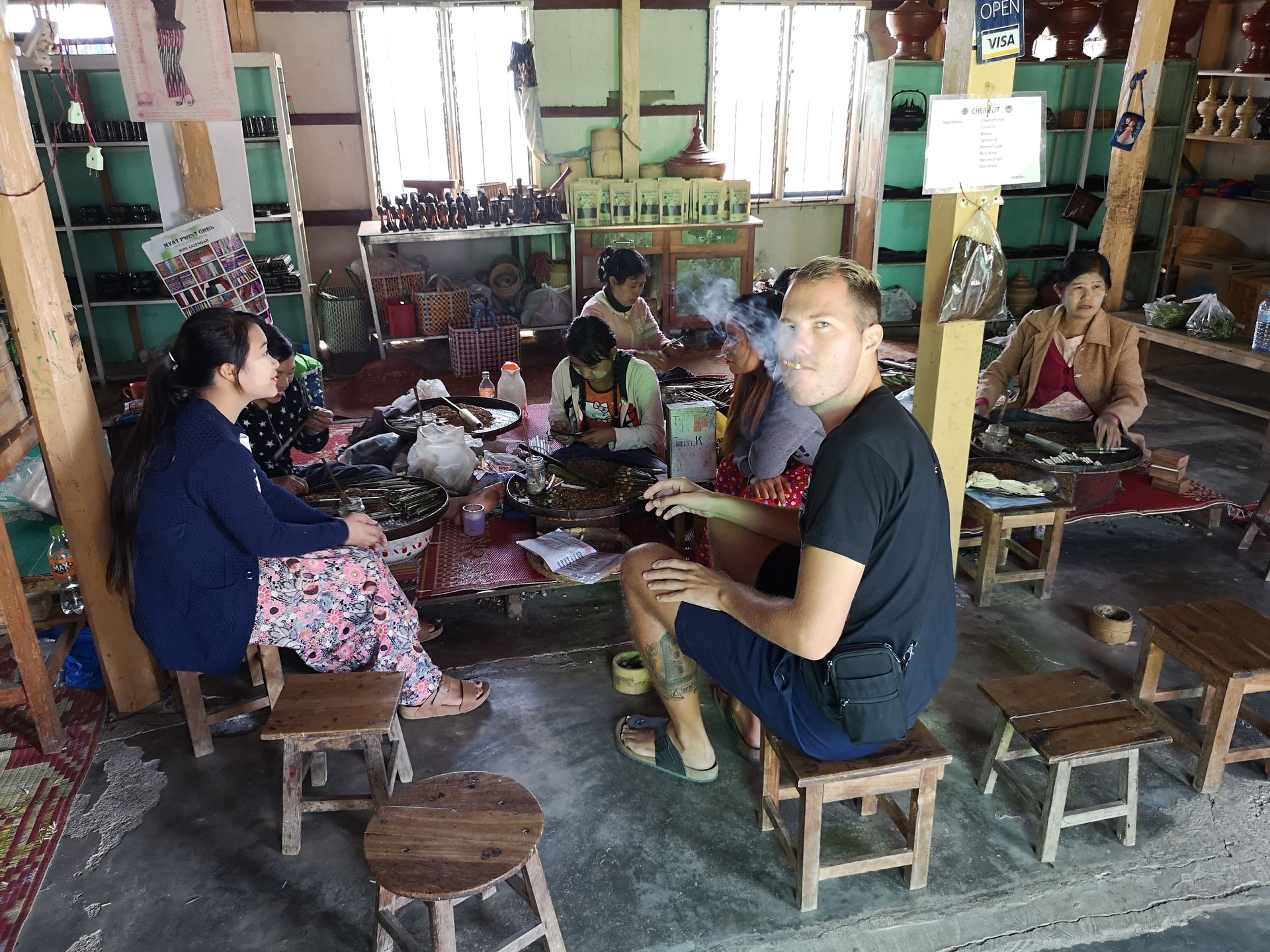
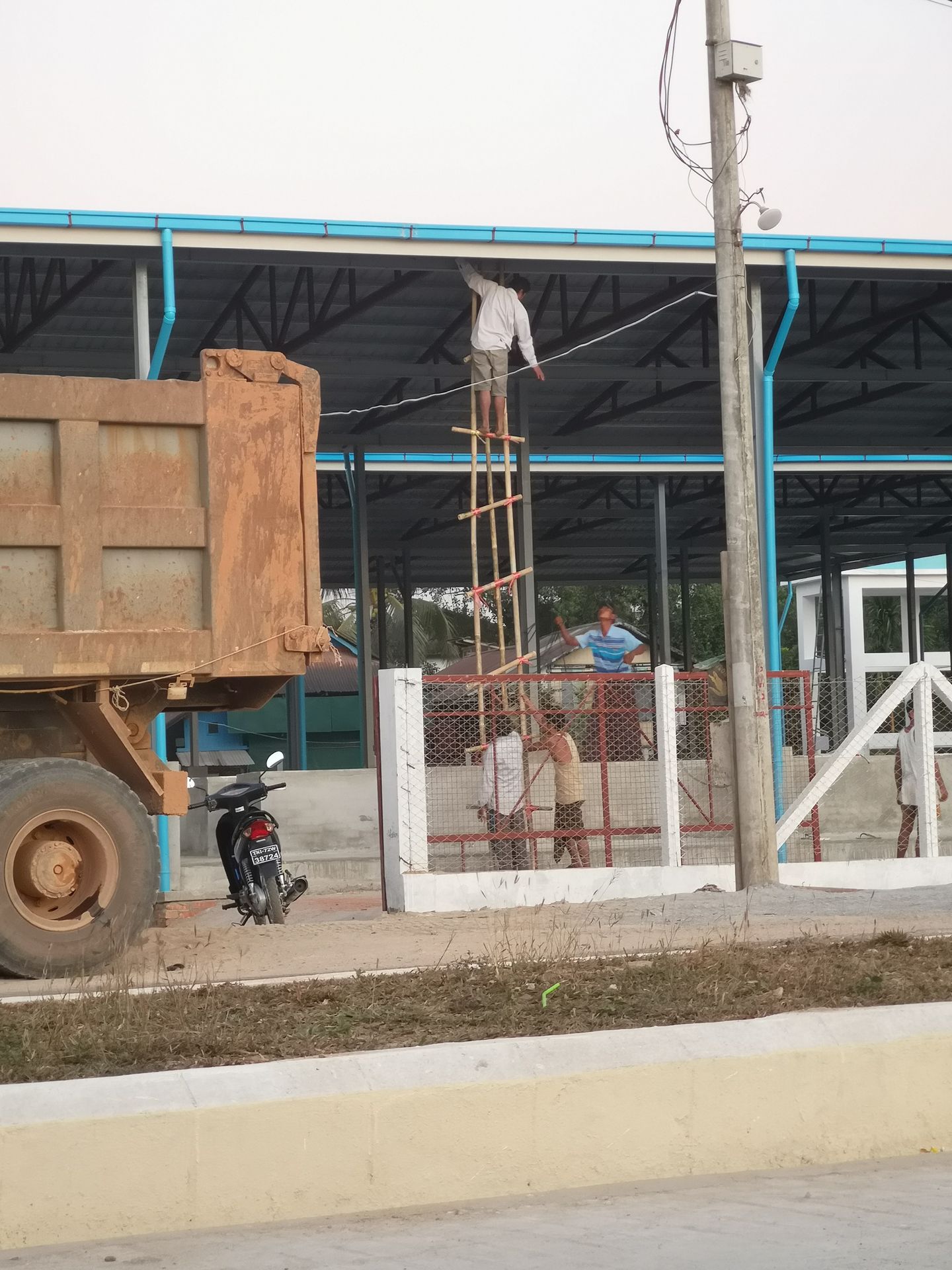
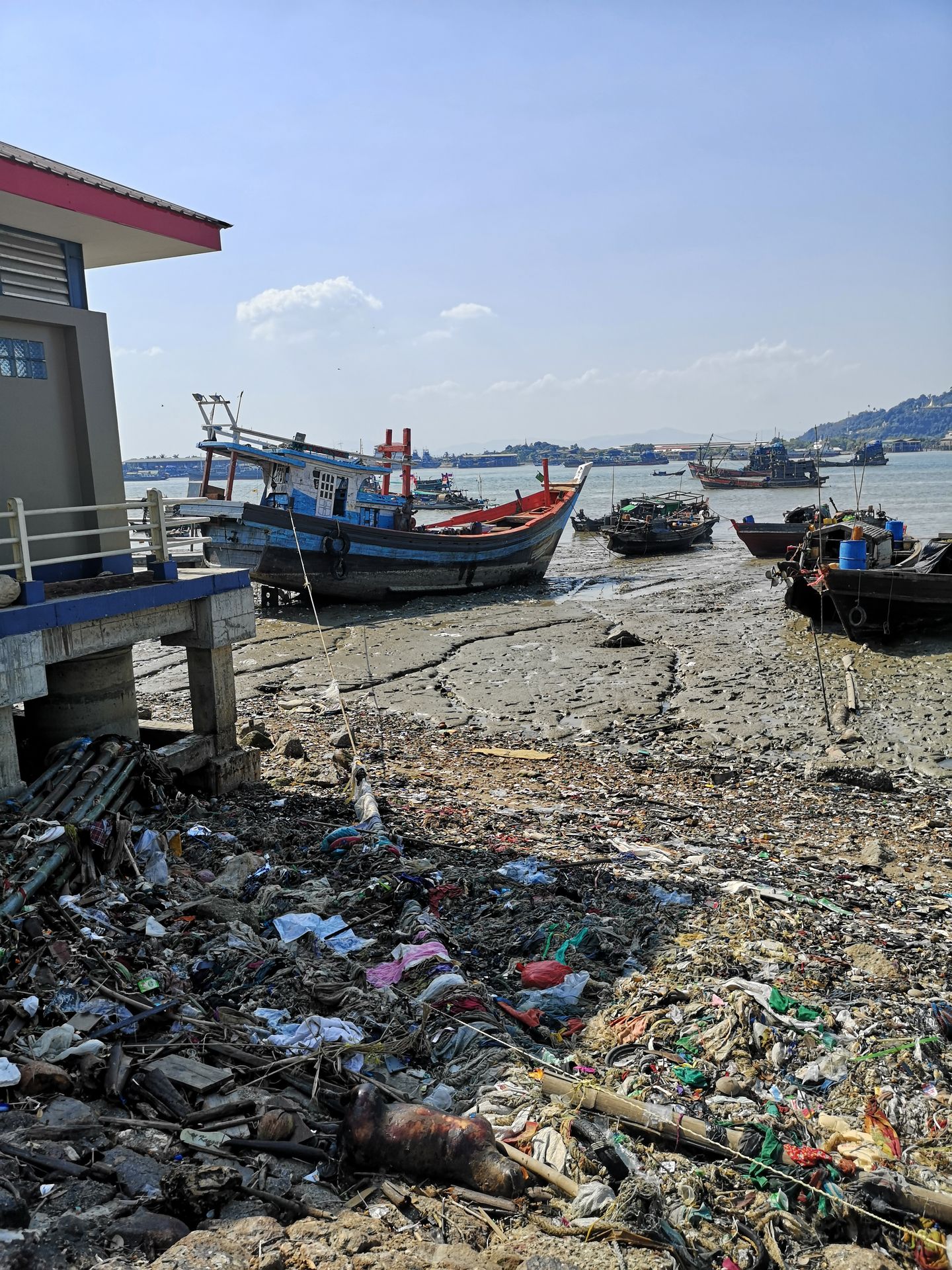
During the two and a half weeks of this trip, we discuss the important and unimportant matters of our lives: should Arminia get promoted? How do we avoid plastic? Should Instagram be abolished?
The sights and spots of the countries are not the focus of the trips. In fact, it is the journeys through the country, the people in the suburbs with their curiosity and hope despite living conditions that are unworthy of them, that are the focus. Not golden temples or big Buddhas. Maybe you learn respect, empathy, and rationality here. It's cheeky what occupies and annoys us at home when you consider the problems that prevail elsewhere.
Myanmar: what will remain of you? We see very few tourists. That was nice. You offer great places, and we met incredibly friendly and helpful people there. Traveling is exhausting, but also incredibly cheap. In the dry season, nature is often brown, barely overgrown, and not very attractive, it only turns green during the rainy season. We don't completely understand the current hype about Myanmar, but the trip was definitely worth it because of our own new impressions and the time spent together.
P.S. Thanks for the journey. Stay healthy!
-----
Thank you for your contribution, Thomas. After that, I continued towards Bangkok. Another tough 2 and a half days on buses and vans, and I was ultimately glad to be back on proper roads in Thailand. In Bangkok, I bought some warm clothes for chilly India, went to the doctor because my diarrhea was still not gone after 2 weeks, and met with Flo. Together, we relaxed, ate as much as we could, and drank beer!
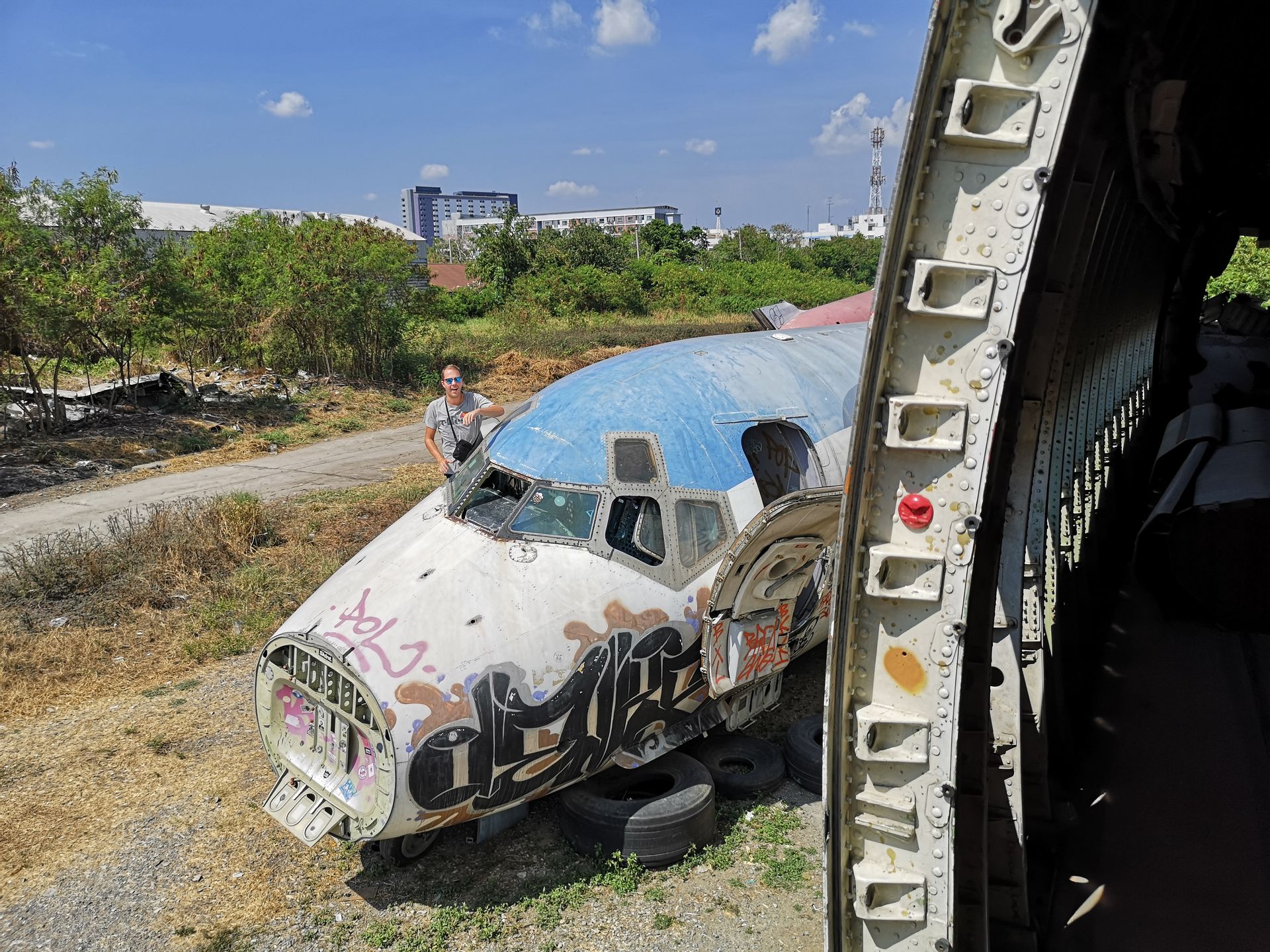
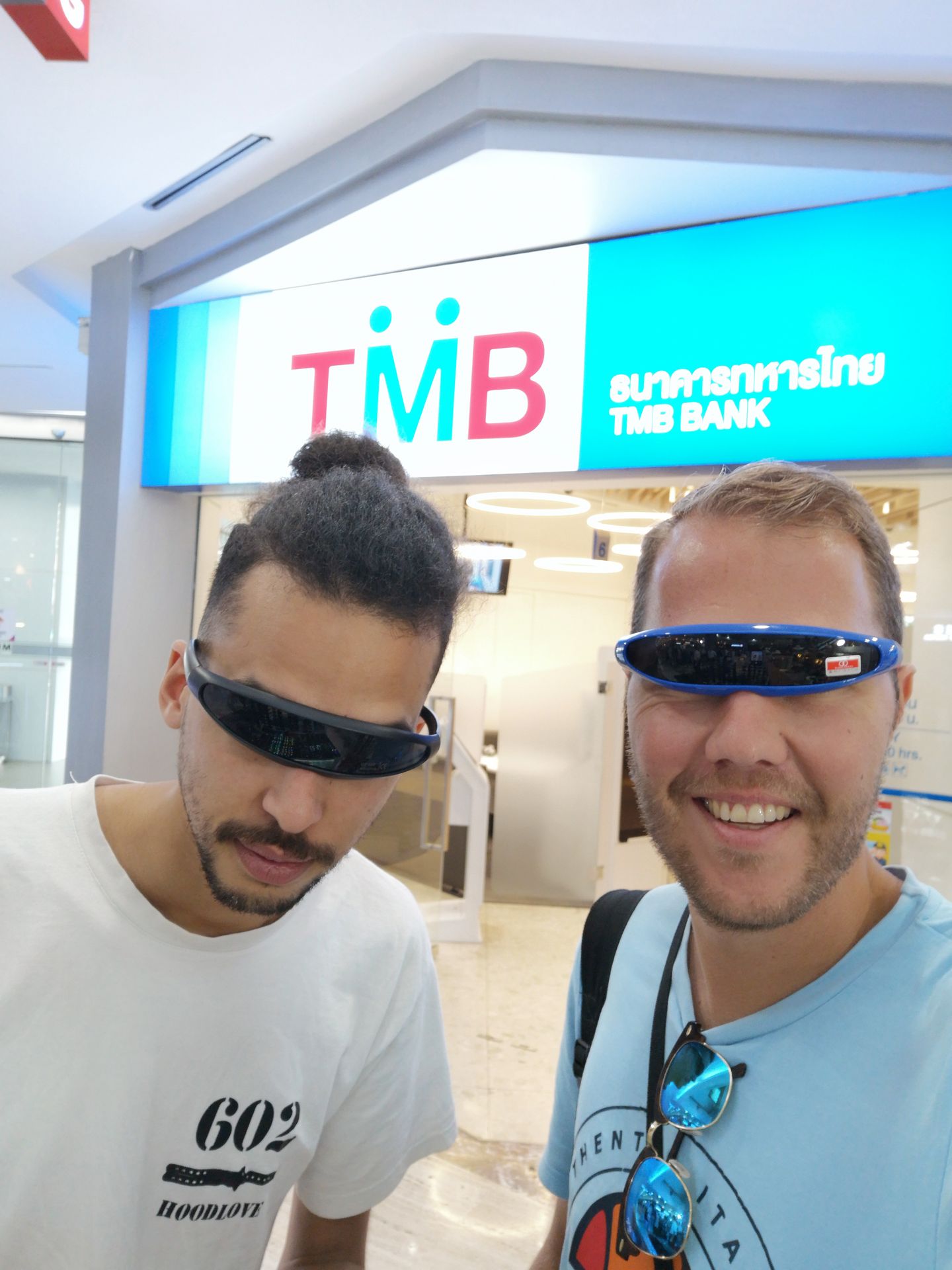
Then a few words about my mentioned phobia or the mentioned shock therapy. Those who have problems with gagging, vomiting, or puking may not want to read any further! :) At the beginning of my journey, I couldn't see, hear, or even smell when people had to vomit. After eight months in Southeast Asia, I can say that shock therapy definitely helps here!
At first, I was happy that small trash bags were distributed on the buses. But I quickly realized that these were not trash bags, but puke bags. It started in Laos, where locals used the bags expertly and closed them immediately. Apart from the sound, no smell, nothing spills out. In Vietnam, I had to be wide awake, as my seat neighbor missed the bag once or twice, so I was always ready to dodge, there was no more sleep. Everything that went beside or on the hands is smeared on the seat or rinsed with water on the floor. I don't need to mention the smell at 35 degrees, I felt sick, but everything stayed in. In Indonesia, my seat neighbor also had to use her bag after numerous bends, and she also managed to close the bag. But why did she hold the warm bag in a way that it hit my forearm (in this case me) in every turn?
The highlight came in Myanmar. What happened here was simply incredible. At first, I only heard the usual gagging, but this time from all directions. It felt like every other person was doing it. Since my bag didn't fit in the luggage compartment anymore, I took it on board. In the first two hours, I also noticed the typical sour smell. When I noticed a trace of liquid near my bag, I reacted quickly and placed my bag on my lap. During the next break, I could see the mess. At first, I had no idea how it was possible to puke all over the window (!!!), the wall, and the floor, in a bus no less! After the break, I knew that it was possible. There were still 10(!) hours left in this bus, congratulations! When things calmed down a bit and we got on a highway, we took another break. During the break, most people had some food again. Including the two people responsible for the described massacre. So I actually thought that they were feeling better. But I was wrong, just as they wanted to return to their seats, it started again, partially in the bag, partially next to it... but that little bit didn't matter anymore. It's amazing how you can get used to various smells.
I hope I have now seen and smelled everything. In conclusion, I can now say that this type of shock therapy helps!
Good night, thank you for reading, and by the way, I'm now continuing to India!
समाचारपत्रको सदस्यता लिनुहोस्
जवाफ
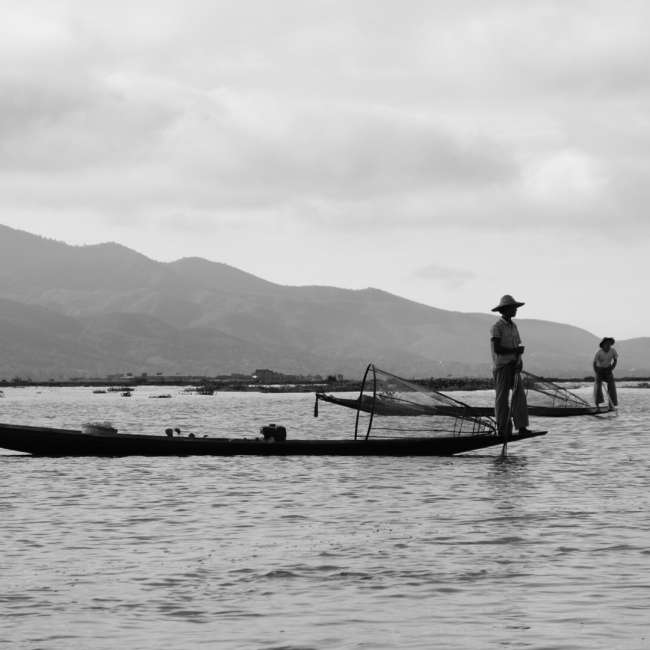
यात्रा रिपोर्टहरू म्यानमार
